
Hope for a huge, ancient and imperilled fish
First Nations are leading efforts to make sure lake sturgeon can find a home in...
Note: This story discusses mental health and suicide. If you or someone you know needs help, 24/7 phone support is available with Talk Suicide Canada: 1-833-456-4566, or text 45645 for help between 4 p.m. and midnight ET. Additional mental health services can be found here.
High clouds shed light rain as the Tsitsutl Mist, an orange, black and white tugboat, guides a flat-deck barge across Babine Lake. It’s early September and the cooler temperatures are a welcome respite from a hot, dry summer. A wildfire has been burning near the lake off and on for months and the smell of smoke suffuses the air.
The barge is a conduit for logging trucks hauling timber out of cutblocks above the lake’s northeast shore to Burns Lake, B.C., a little logging town about 1,000 kilometres north of Vancouver. Lately, it’s been ferrying wildland firefighters back and forth across the lake — and today, I’m joining them.
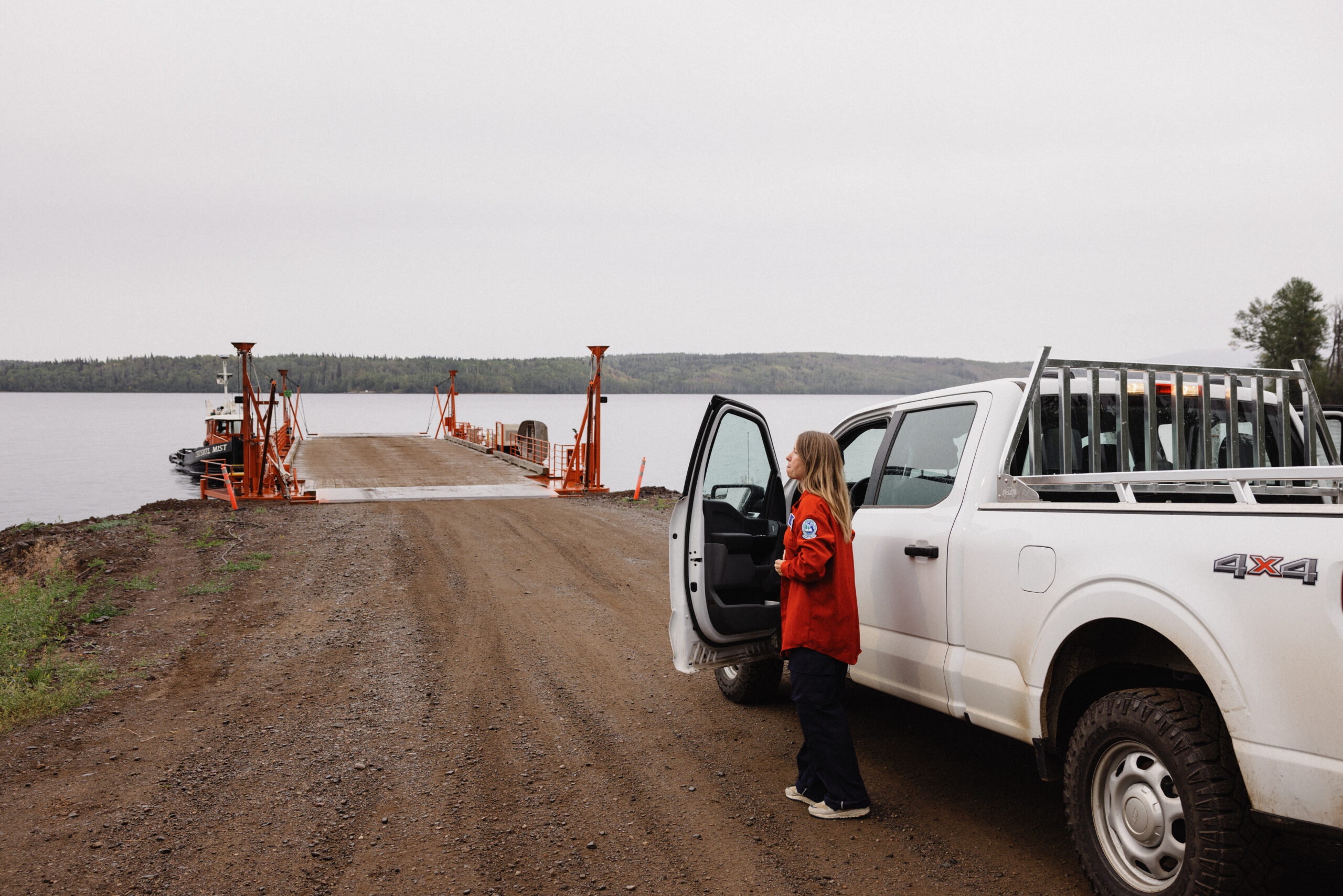
Several kilometres from the barge landing, a narrow dirt road leads into stretches of black, smouldering forest. A few days ago, the fire aggressively swept through this area. Today, in the rain, it’s smoking. The road gets rougher and narrows until vehicles can’t go any farther. Ahead, firefighter crews are working on the ground to contain the fire. Below their orange hardhats, they’re wet and their red shirts are stained with soot. On their faces, they wear a combination of fatigue and resolve: the rain presents them with a brief opportunity.
“We can kind of get ahead of it today,” Scott Allen says, his boots pressed into the muck under the weight of the coiled hoses he’s carrying. “This is kind of a blessing and a curse. We hate working in it — it gets a little slippery — but it helps us move faster.”
“It doesn’t put it out,” he clarifies. “Some people think it puts it out, but no. It’d have to rain for a week or two straight, we’ve been in a drought for so long.”
Sporting a neatly trimmed moustache and an infectious grin, Allen is the de facto spokesperson for the crew for a simple reason: he likes to talk. Everyone here knows it.
“You don’t want to talk to me; Scotty’s your guy,” one of his crewmates says as he lugs a chainsaw up a steep, smoking incline, his face streaked with sweat and black soot. Others say the same, mischievous grins flashing on their faces: “Find Scotty, he’ll talk to you plenty.”
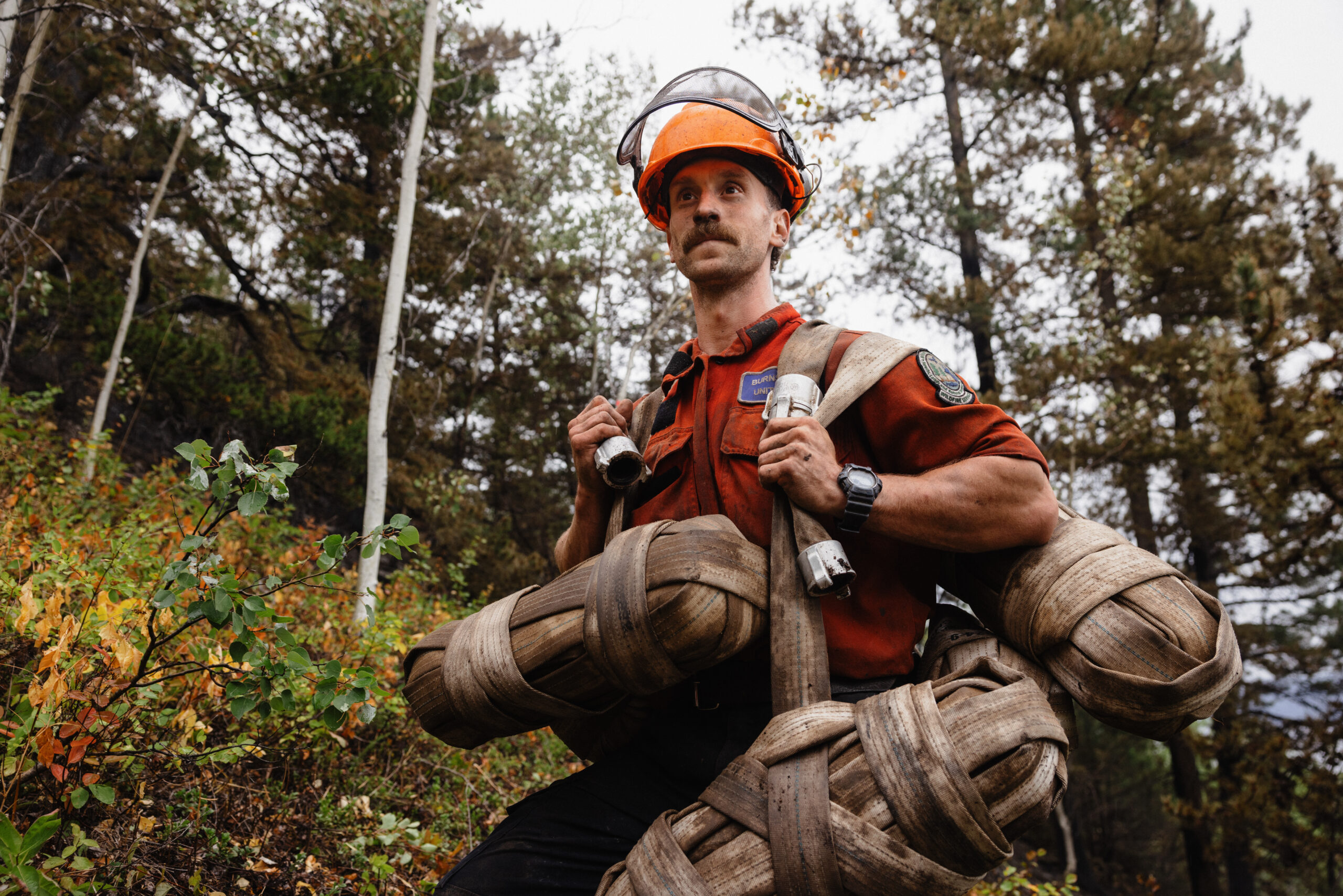
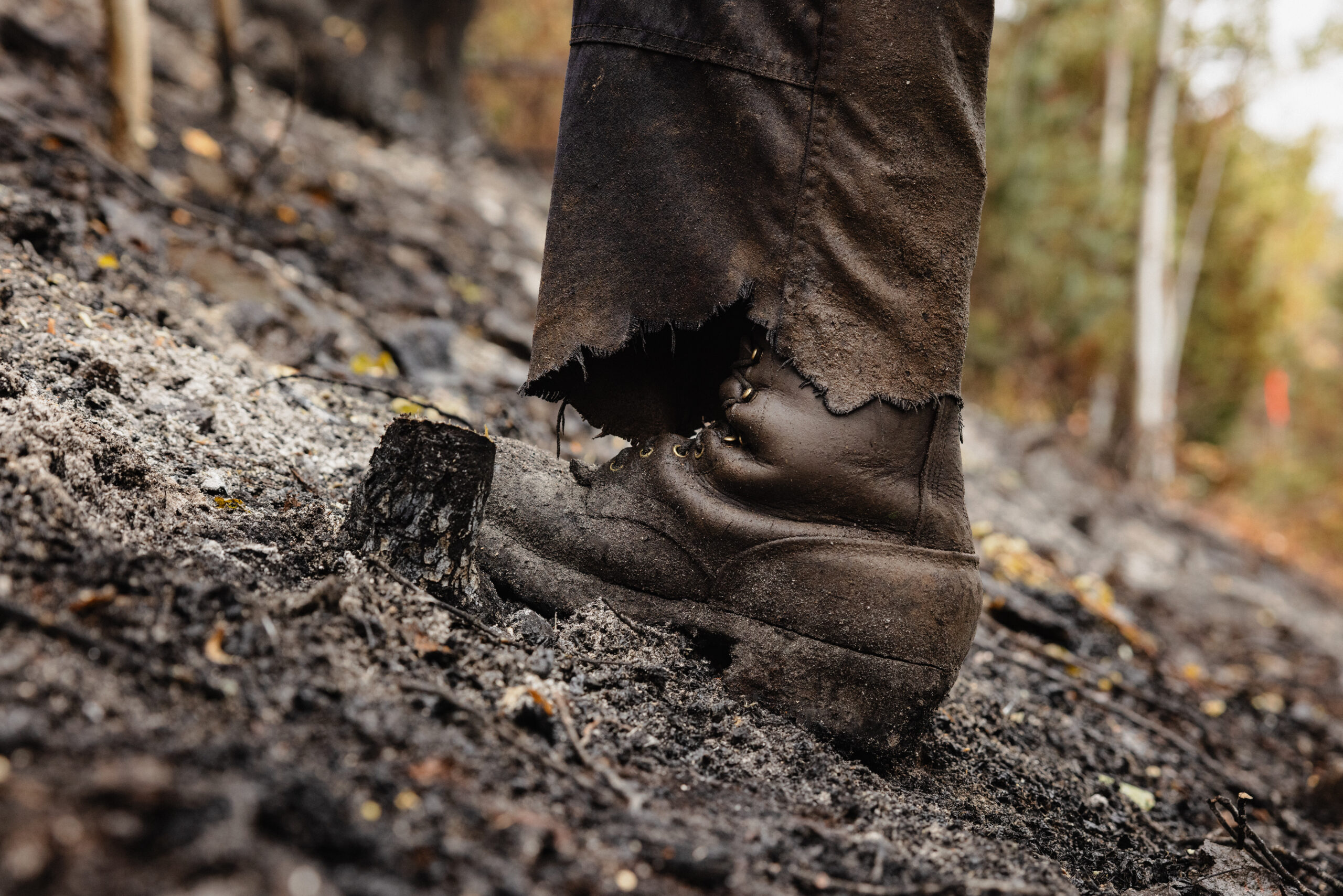
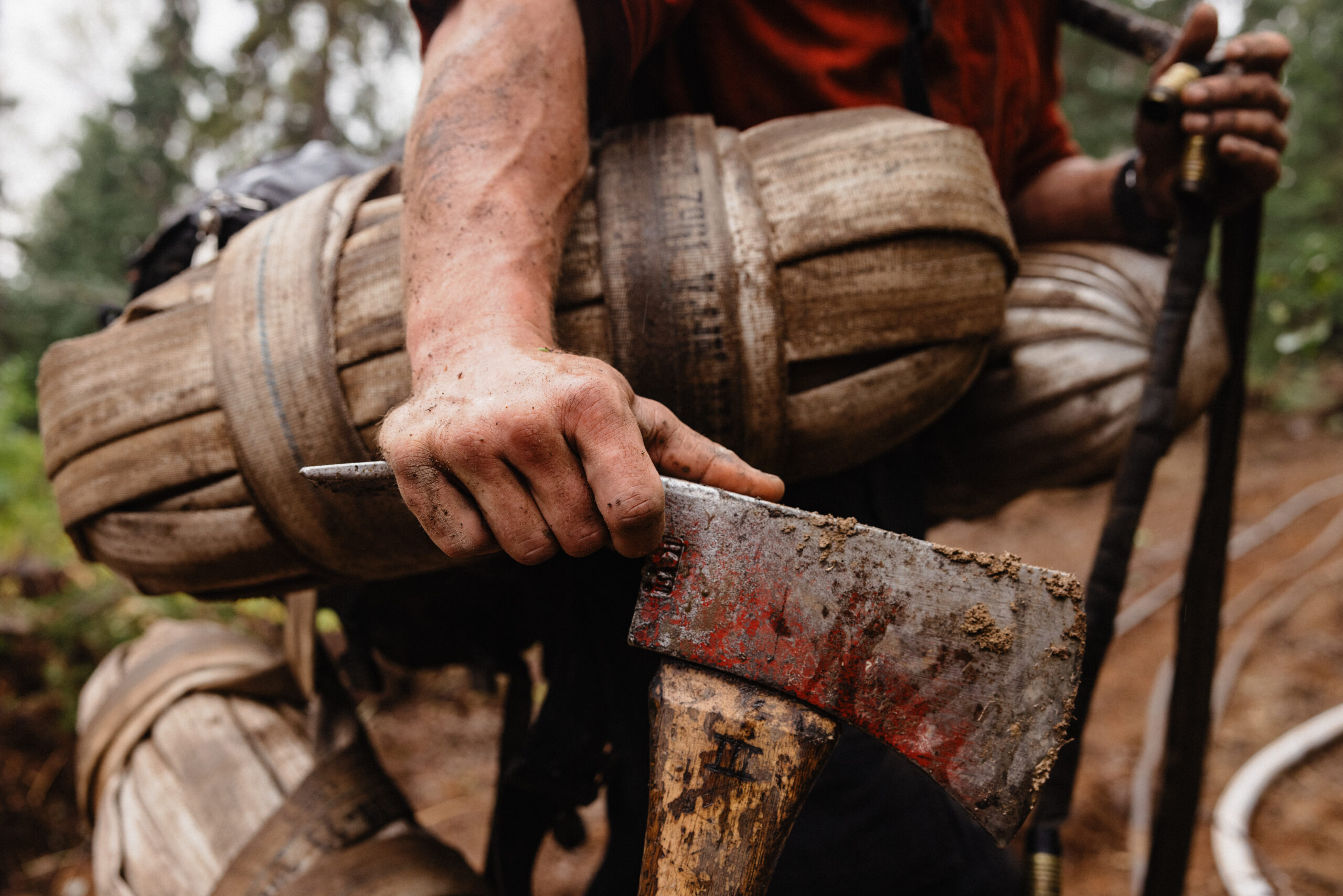
Allen has four wildfire seasons under his belt. In the off-season, he works in both industrial and structural firefighting. He’s from Edmonton but is based out of Burns Lake when he’s fighting wildfires. Like many B.C. wildland firefighters, he started the 2024 season working in B.C.’s northeast, where a fast-moving May wildfire forced communities to evacuate. At one point, he says, there was so much rain in the Fort Nelson area they thought the fire was out.
“We had hard rain for two weeks, and we were like, ‘Okay, sweet, this is all dead.’ And then it came right back. It just blew right up again.”
He says it’s a similar story here. The fire has been behaving in ways that surprise him.
The fact that there’s even a fire here at all is surprising. Most wildfire activity in the area over the past few decades has been on the south side of Burns Lake, towards Tweedsmuir Provincial Park, which lost about half its forests to wildfire in 2017 and 2018 and burned again last year. As multiyear drought conditions continue across the province, forests that historically wouldn’t burn, like this one along the lakefront, are increasingly lighting up.
Allen describes the weather as indecisive, cycling between summer and fall. The deciduous trees, which hold more water than conifers, have been dropping their leaves early and catching fire. The bushy understory, which he says wouldn’t normally burn, was burning.
“It’s just weird right now,” he says, shrugging.
Most of the firefighters here were deployed to the northeast early in the season, which means that by the time I spoke to them in September, they were on month five. That’s nearly half a year spent facing one of the most powerful forces in nature, living out of camps and barely seeing friends or family.
Smoke wafts after Allen as he trudges heavily down the muddy track. A chainsaw buzzes from somewhere in the forest. Above the ever-present humming sound of the generators and pumps is the hiss of water on embers as the firefighters hose the scorched earth.
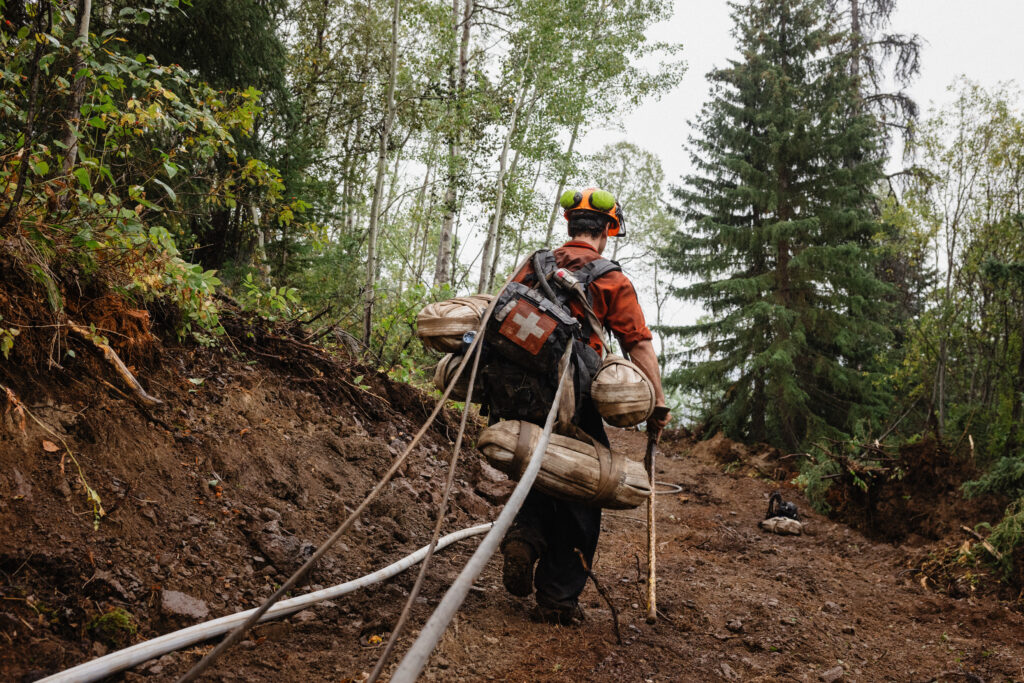
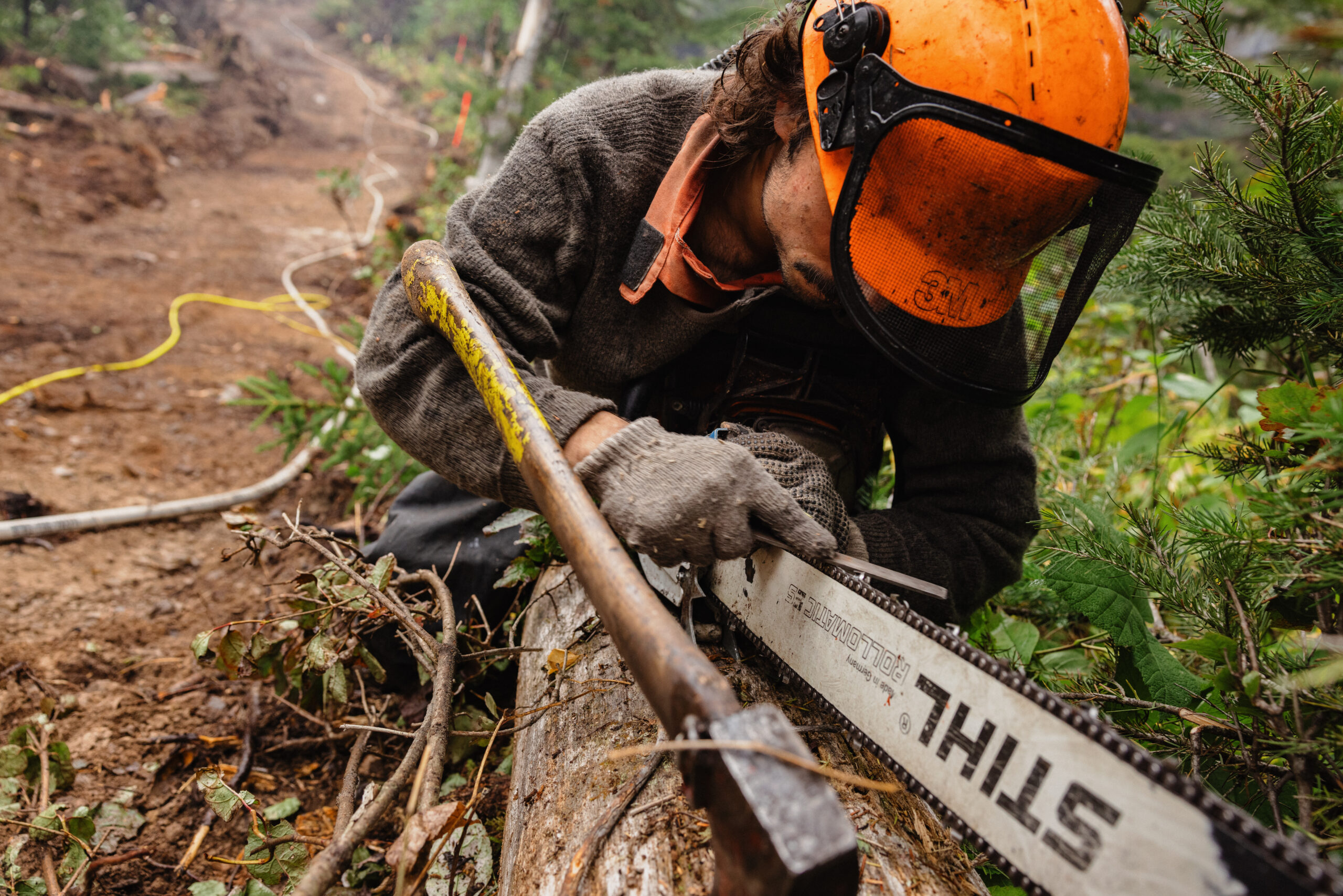
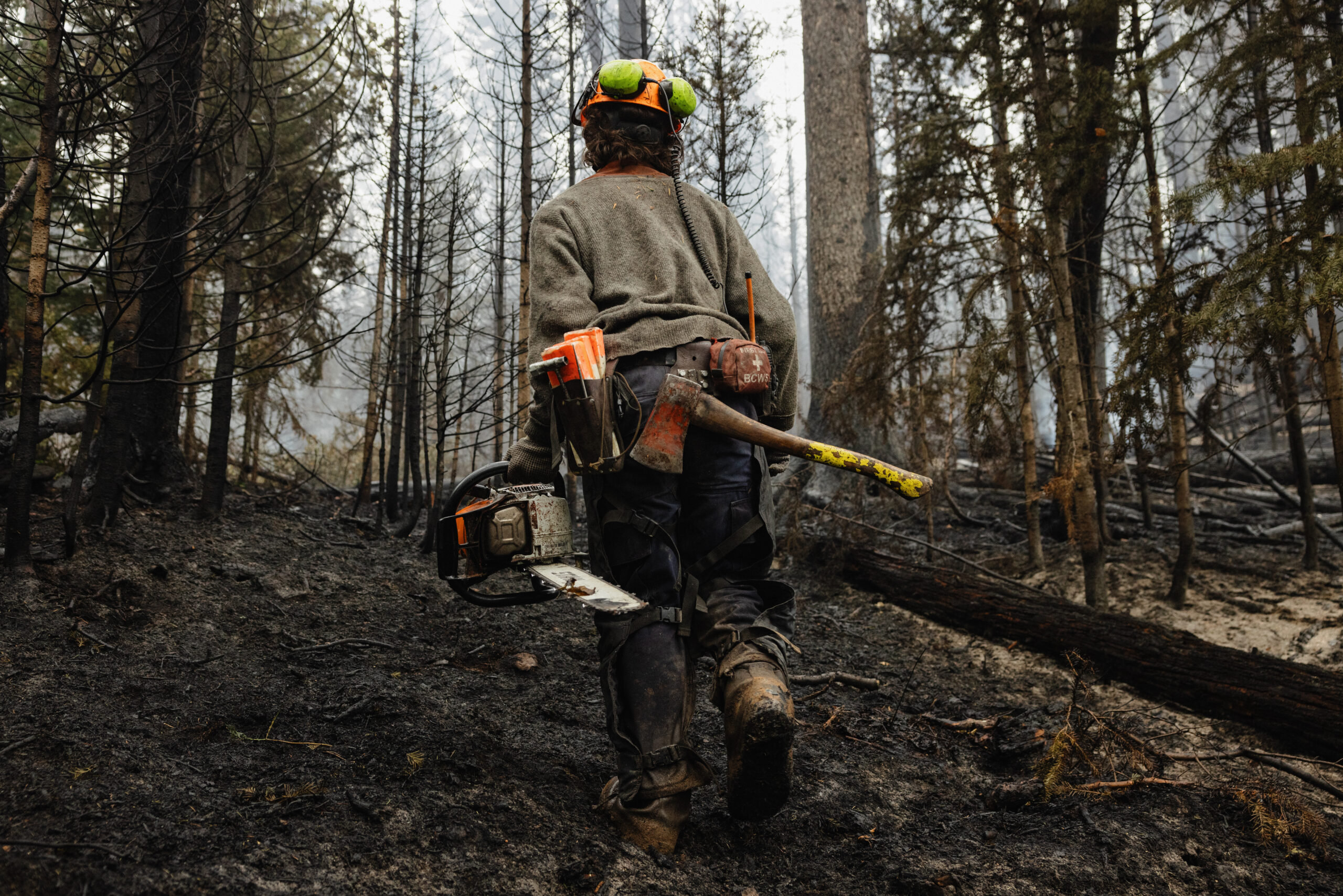
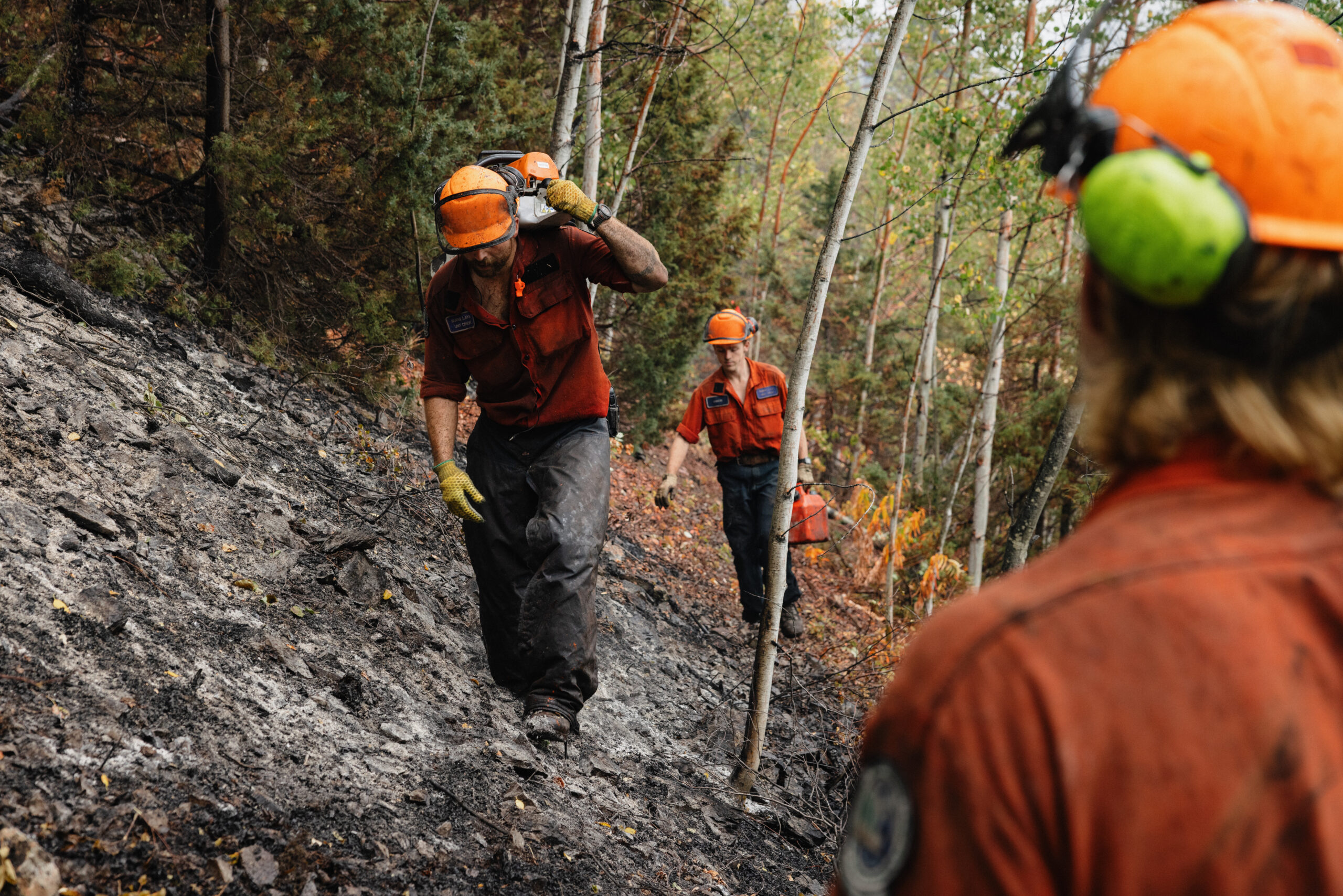
The way wildfire moves through a forest is simultaneously mesmerizing and terrifying, a powerful visceral force we feel a primeval connection to, drawing us in even as it stirs deep fear within us. There have always been wildfires on the landscape and the sight and smell of smoke emanating from the forest is embedded deep in our collective psyche. But in recent decades, our relationship with wildfire has become unbalanced, fraught with fears about how and when the forests we love will burn and whether our homes will be consumed along with them.
Those fears are not unfounded.
In 2023, Canada burned like it had never burned before, shattering records as forests blazed across the country. As fires raged in B.C. and smoke blanketed the west, tens of thousands of people fled their communities and by the end of the year more than 28,000 square kilometres of forest had burned across the province. Hundreds of homes were lost or damaged and vast stretches of landscape left charred and barren.
Last year, fire activity flared and sputtered, as unpredictable weather conditions subdued or fanned the flames. Yet the impact is still off the charts when held against B.C.’s historic records. Before setting a new benchmark in 2003, when 2,600 square kilometres burned, the province’s previous 10-year average was just 250 square kilometres burning each year. In 2024, more than 10,000 square kilometres burned, again displacing thousands.
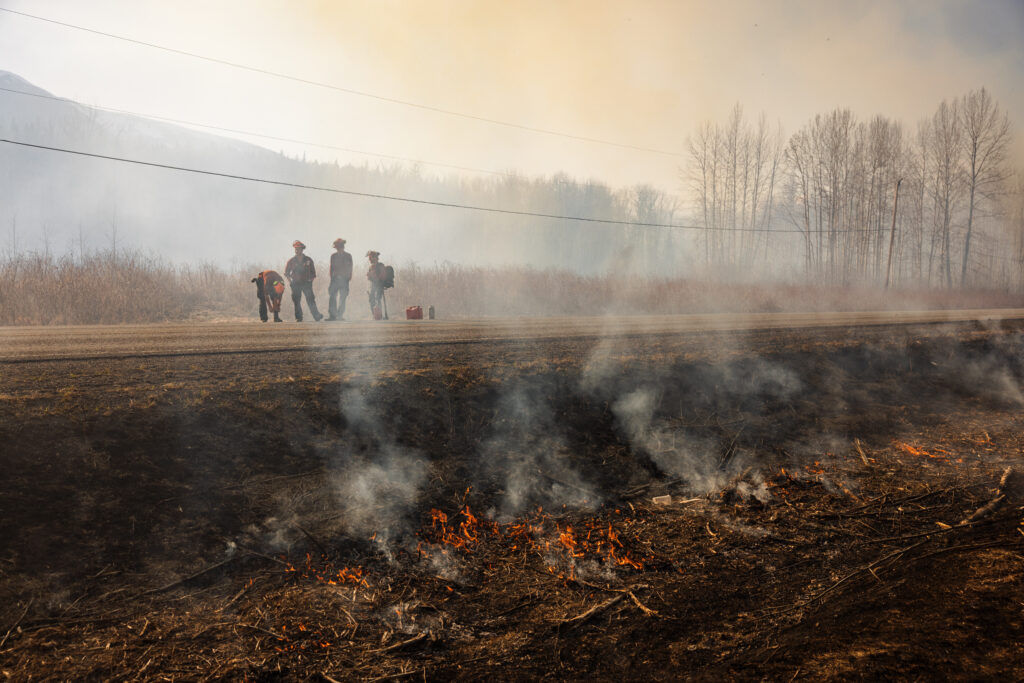
Across the continent and around the world, it’s the same story. In July, the town of Jasper, Alta., was engulfed in flames as a wildfire in the national park burned through the mountain community, causing more than $880 million in insured damages. On the other side of the country, nearly 10,000 people fled Labrador City that same month as an aggressive wildfire bore down. In November, drought-fueled fires burned in Pennsylvania, New York and Massachusetts even as winter started to settle over the continental U.S. and fires in California continue to burn in January, forcing thousands to evacuate in the Los Angeles area. In South America, countries like Bolivia and Brazil are reeling from catastrophic wildfires that have raged for months. And in the southern hemisphere, where summer is underway, Australia is bracing for another potentially deadly season of bushfires as an extreme heatwave hits some parts of the country.
“It’s like someone turned the fire switch on and it’s just not stopping,” Kira Hoffman, a fire ecologist and researcher, tells me.
Hoffman, who lives in Smithers, B.C., lives and breathes fire like a dragon. A fierce advocate for Indigenous fire stewardship, she works with First Nations to bring cultural fire back to the land as a means to restore ecosystems, mitigate risks and uphold Indigenous sovereignty. She’s a researcher with the Pacific Institute for Climate Solutions and a National Geographic explorer who speaks passionately about rekindling our innate connections to fire and finding ways to alleviate our growing fears.
“The biggest thing that has shifted our evolution is our ability to make fire,” Hoffman says. “Collectively we all have fire within us.”
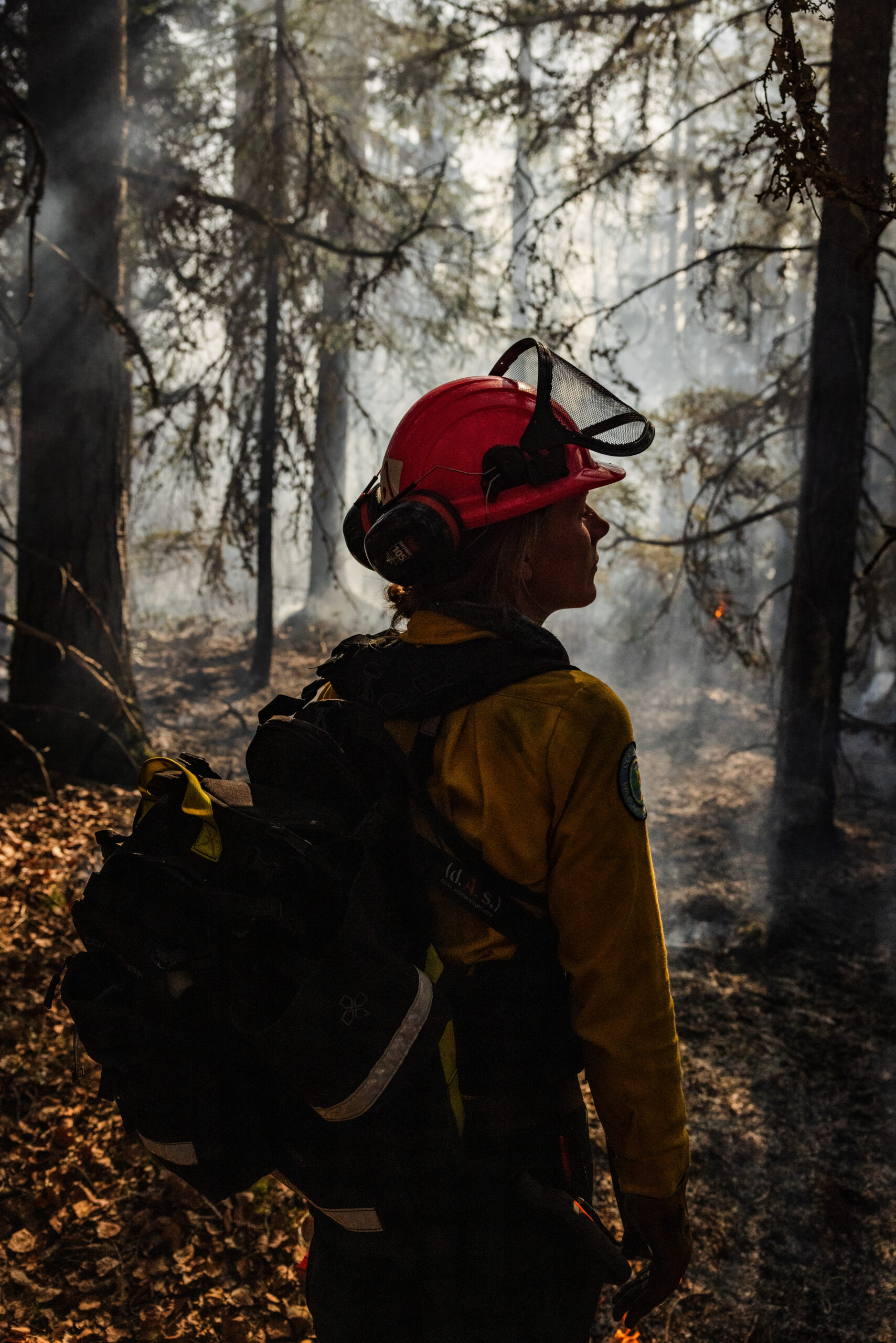
On a crisp November morning in Smithers, she shows me around the offices of the Bulkley Valley Research Centre while we wait for author John Vaillant to join us. Taking up one end of a long table is a fire-scarred “cookie” — a cross section of tree trunk a few inches thick — cut from a conifer harvested at a village site on the traditional territory of the Cheslatta Nation. Its rings tell the stories of when fires were intentionally lit on their lands, stimulating plant growth for food and medicine and managing the landscape for wildlife, which once included bison and caribou.
“We take these cookies and then we use them to reconstruct, along with the oral histories, the ethnographies, about how often — and for what reason — cultural burning was happening,” she says, travelling through time with her fingertips as she traces the history of fires etched in the tree’s growth rings.
Vaillant arrives, sporting a plaid overcoat and a weary expression. He says the state of U.S. politics during the recent presidential election and wildfires burning near where he grew up in New England are weighing heavily on his mind. He’s the author of Fire Weather, an award-winning account of the devastating 2016 fire in Fort McMurray, Alta. A finalist for a 2024 Pulitzer Prize, the book is resonating widely with readers around the globe grappling with the new reality of devastating wildfires fueled and shaped by climate change.
“There’s mounting evidence that we need to make the effort to imagine things that seem impossible, and that includes really negative fire in this region,” he says, sinking into a chair. “We’re in a period of unprecedented acceleration where natural events and geological events and historical events and technological events are all accelerating at the same time. Homo sapiens has never been here before — it’s totally uncharted territory.”
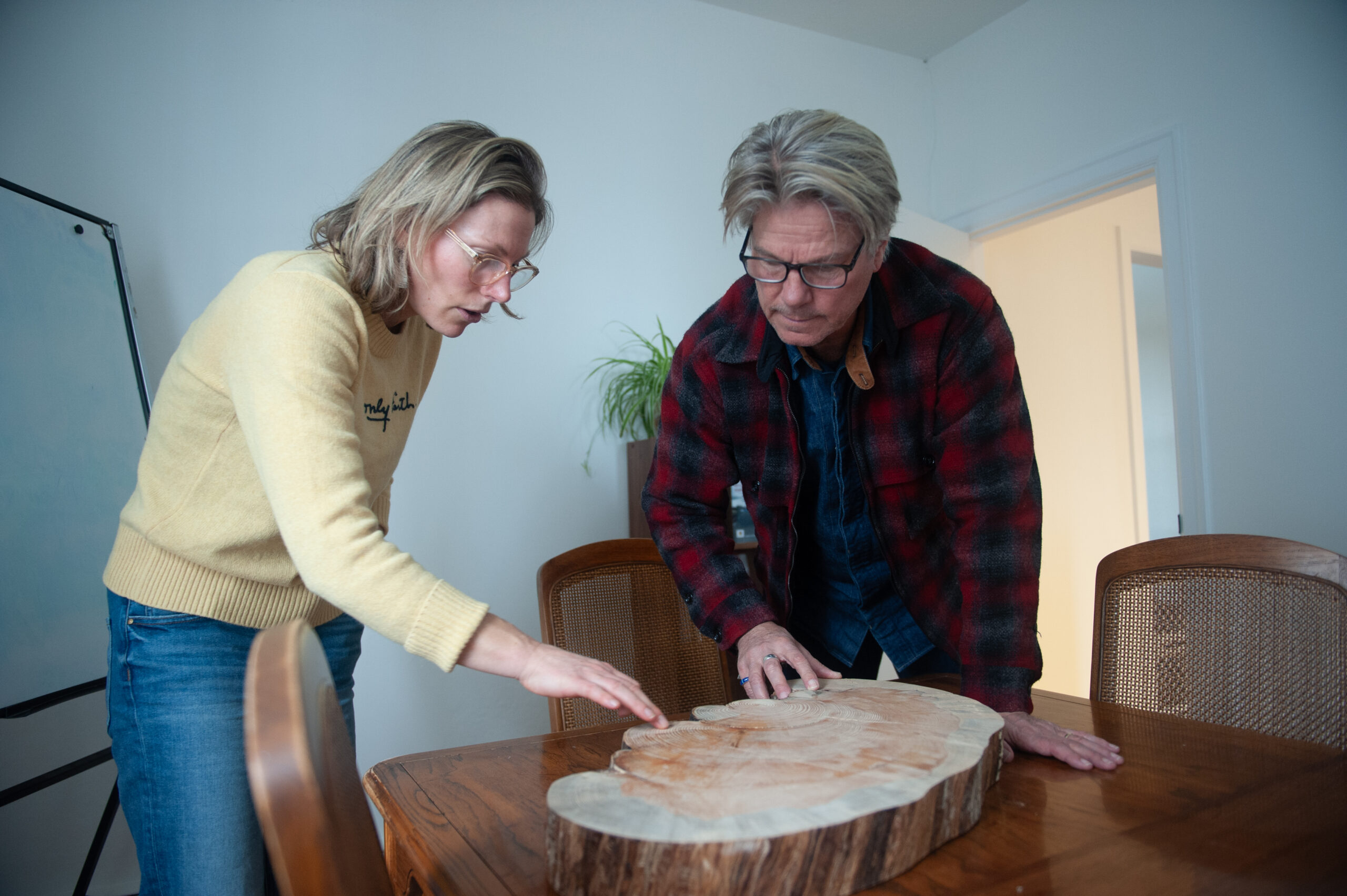
He says the effects of climate change, which include devastating wildfires, are understandably frightening.
“You can see why people are freaking out,” he says. “It’s not a rational time. Nature isn’t behaving rationally; it’s behaving reactively and we have ecosystems and infrastructure that are equally unsuited to what’s coming.”
There’s a brief silence as the weight of his words hang in the air like a little black cloud. Hoffman nods and says we need to be honest with ourselves about the increasing risks — and prepare ourselves for what’s coming.
Jessica Broder has firsthand experience with the new wildfire reality. She spent three years immersed in it, working for the BC Wildfire Service on the front lines of the province’s burning forests. She worked on both initial attack teams — smaller units that are first to arrive — and as a member of a larger unit crew. This year, she opted out for mental health reasons.
Broder is funny and warm and refreshingly candid. She says now — during the winter — is when we should be thinking and talking about the changes we want to see.
“When it’s August 21st and the whole province is lit up, it’s hard to have an even-keeled response when we’re just figuratively and literally putting out one fire to the next.”
Broder hung up her hardhat at the tail end of the 2023 season. She says it was an incredibly difficult decision and while the tug to return is strong, her mental health has become a safety issue. Two of her three years on the fireline were noted as the worst wildfire seasons in B.C. history.
“What I found was the cumulative fatigue, not over just one season but over three years, and not having been able to properly process nor necessarily encouraged to process what I had felt or experienced on the line, it just caught up with me.” Her voice cracks. “And at the end of 2023, I was suicidal going to work. It was frankly really unsafe so I ended up leaving my contract early.”
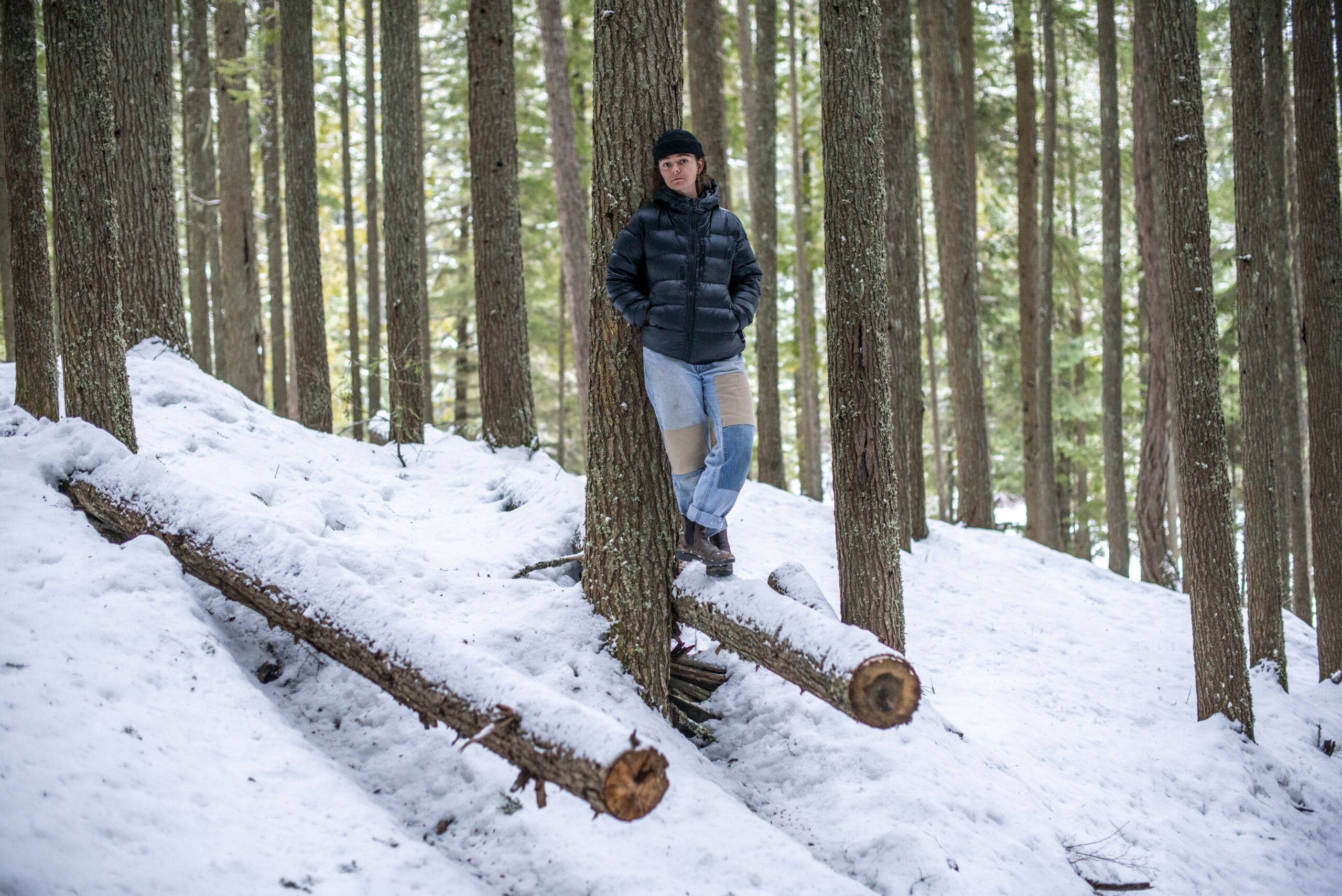
Broder says she’s not alone.
“I think oftentimes when you experience challenging moments on the line, operationally there’s not necessarily the time to sit with whatever is going on,” she says. “But it’s a really scary thing to watch; a lot of my really good friends and my own brother still work in the service and I have a lot of people who are hurting right now.”
“At the end of the season, you’re just exhausted,” she explains. “You haven’t really had a life for the past four to six months and lots of those people jump straight back into school and don’t really have time to process.”
Until very recently, most jobs in wildfire have largely been seasonal work and many wildland firefighters in B.C. and elsewhere are university and college students. As seasons stretch and the need to keep people around long-term becomes greater, the BC Wildfire Service and other organizations are starting to offer more career opportunities. Last spring, the B.C. government announced a new wildfire training program at Thompson Rivers University. While more career opportunities can provide firefighters better access to support, including for mental health issues, Broder says there is a crisis already underway.
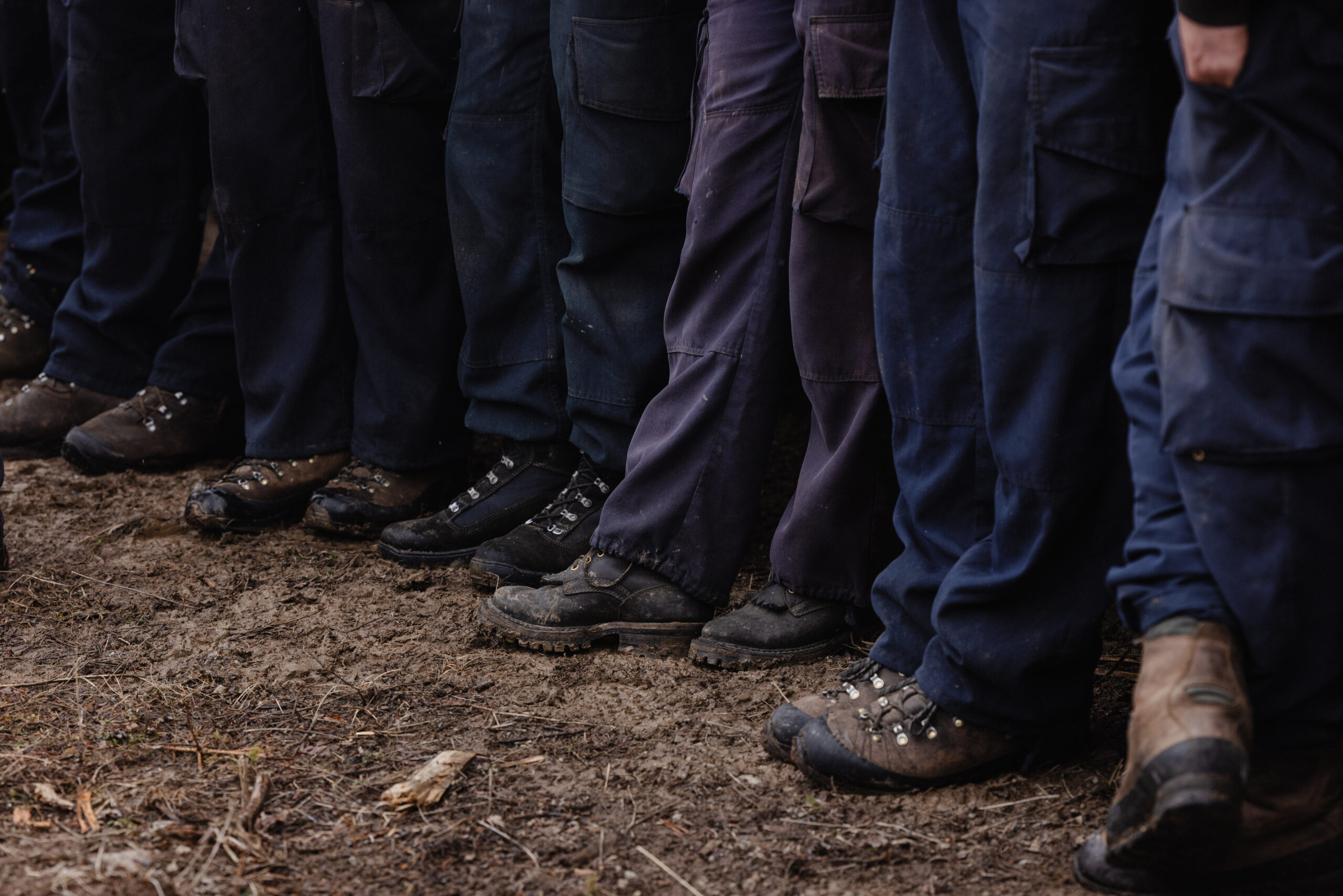
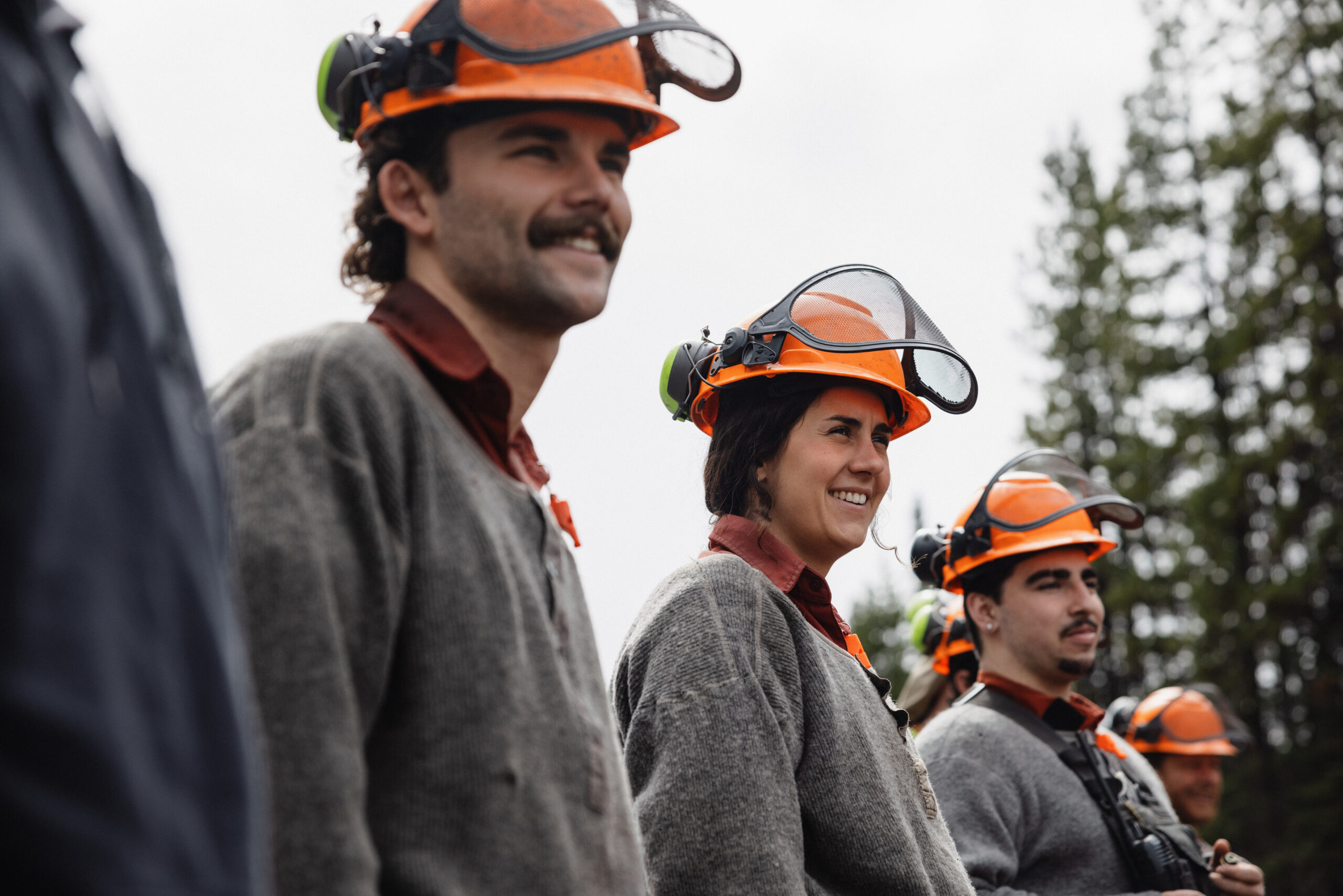
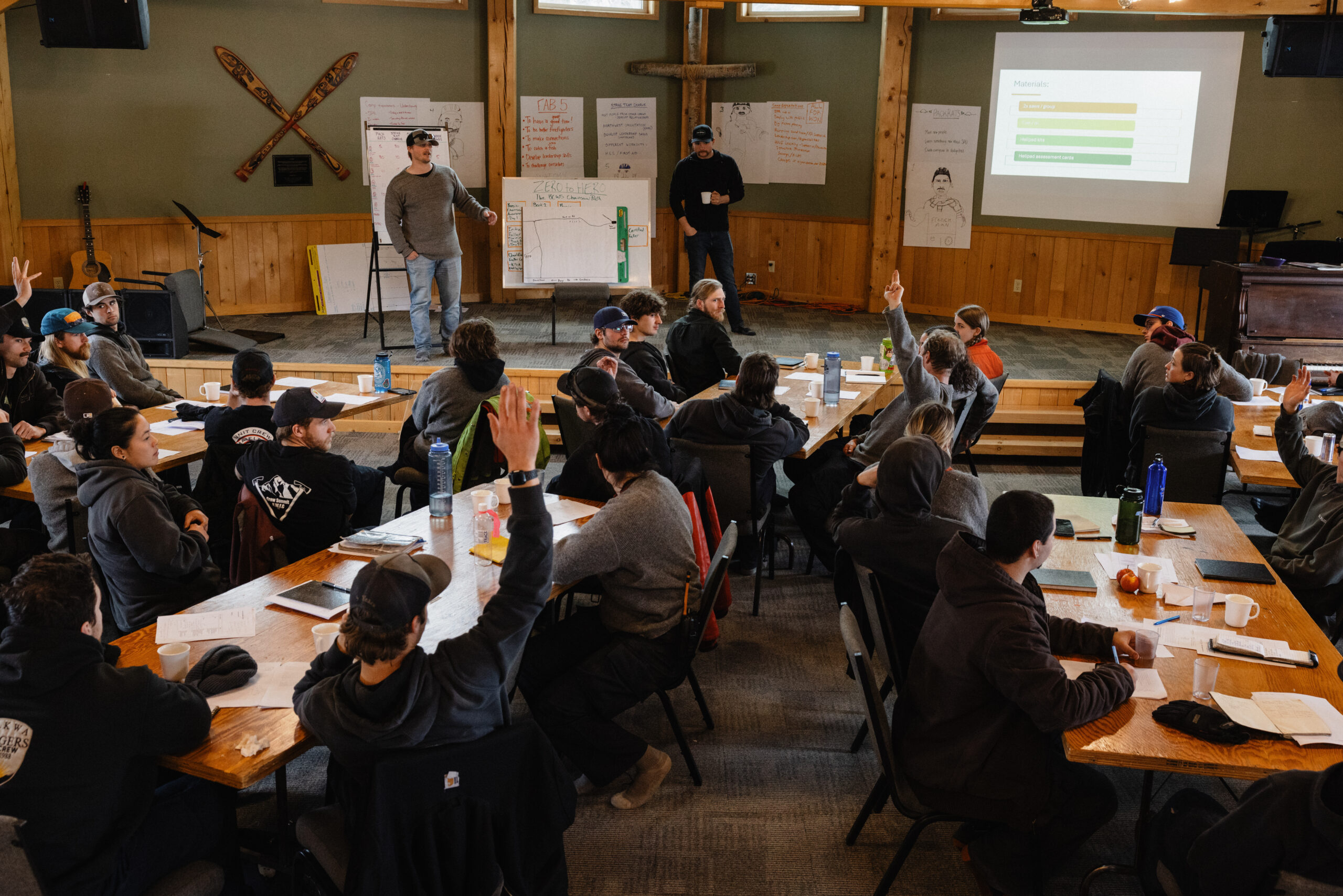
She says counselling services often fall short because talking about the nature of a particular trauma experienced on the fireline requires so much explanation.
“I think a lot of time gets wasted trying to provide context,” she says. “And then people don’t receive the support that they need because they’re trying to give context to something that is really hard for a therapist to wrap their head around.”
Mental health impacts aren’t limited to the fireline. Like the rest of society, frontline firefighters are also subject to the stresses of social media, and misinformation can lead to them being targeted online. Coming off an exhausting shift to wade through a sea of spiteful comments inevitably weighs on the minds and hearts of firefighters.
The BC Wildfire Service communications team is stepping up to the challenge, posting videos and other content in an attempt to quell the rising rhetoric with information and expertise, but it’s a slow process. Nearly everyone I talk to has a story about the negative impacts of social media.
All this leaves wildland firefighters in a precarious position.
“I know we can do better,” Broder says. “BC Wildfire has to do better or they’re going to see more fatalities and it’s not going to be from fatalities on the line — I think it’s going to be from people not being able to deal with their internal demons.”
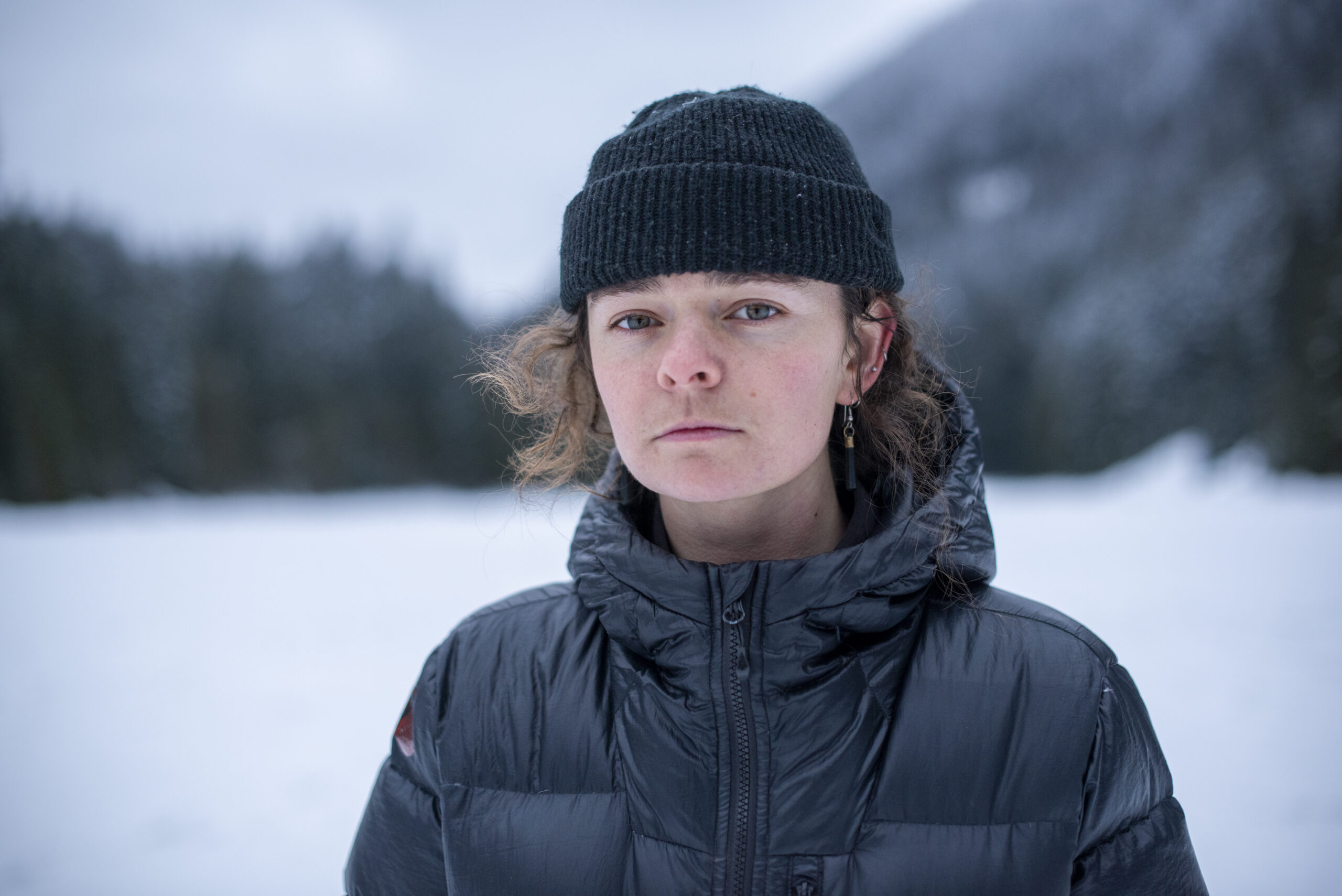
While there is very little research linking wildland firefighting and suicide, a handful of U.S. studies show firefighters struggle with suicidal thoughts or other severe mental health issues more than the general population. In September, Adam Mendonca, a director with the U.S. Forest Service, wrote that the lack of data is “uncomfortable.”
“The factors that contribute to suicide — social isolation, low pay, high stress, [post traumatic stress disorder] and substance use — are prevalent in wildland firefighting, leading to the inference that our community is at a higher risk,” Mendonca wrote on the U.S. Forest Service website.
He noted accurate data on firefighter deaths by suicide is inherently difficult to capture, in part due to stigma around mental health and suicide.
“Despite this, within the wildland fire community, many of us have been directly impacted by the loss of a co-worker or know someone who is struggling,” he said.
In April 2024, dozens of northwest district firefighters attended a crew leader summit near Houston, B.C. They gathered to hone their leadership skills and start preparing for the season, practicing chainsaw skills and discussing hypothetical scenarios. Just two weeks later, fires broke out near Telkwa and Smithers just as vast holdovers in the northeast quickly became fast-moving infernos.
As wildfire seasons become longer every year, firefighters are exposed to greater risks and have less time to process their experiences. More fires, known as holdovers, are burning through the winter and flaring up in early spring. Prolonged drought and rising temperatures extend the season into the fall.
Hoffman says when she worked for BC Wildfire Service 20 years ago she “maybe had 50 fireline days my whole firefighting career.” Broder laughs when she hears the number.
“That’s a slow season,” she says, letting out a long breath. “I got 100 days my last season, over 100.”
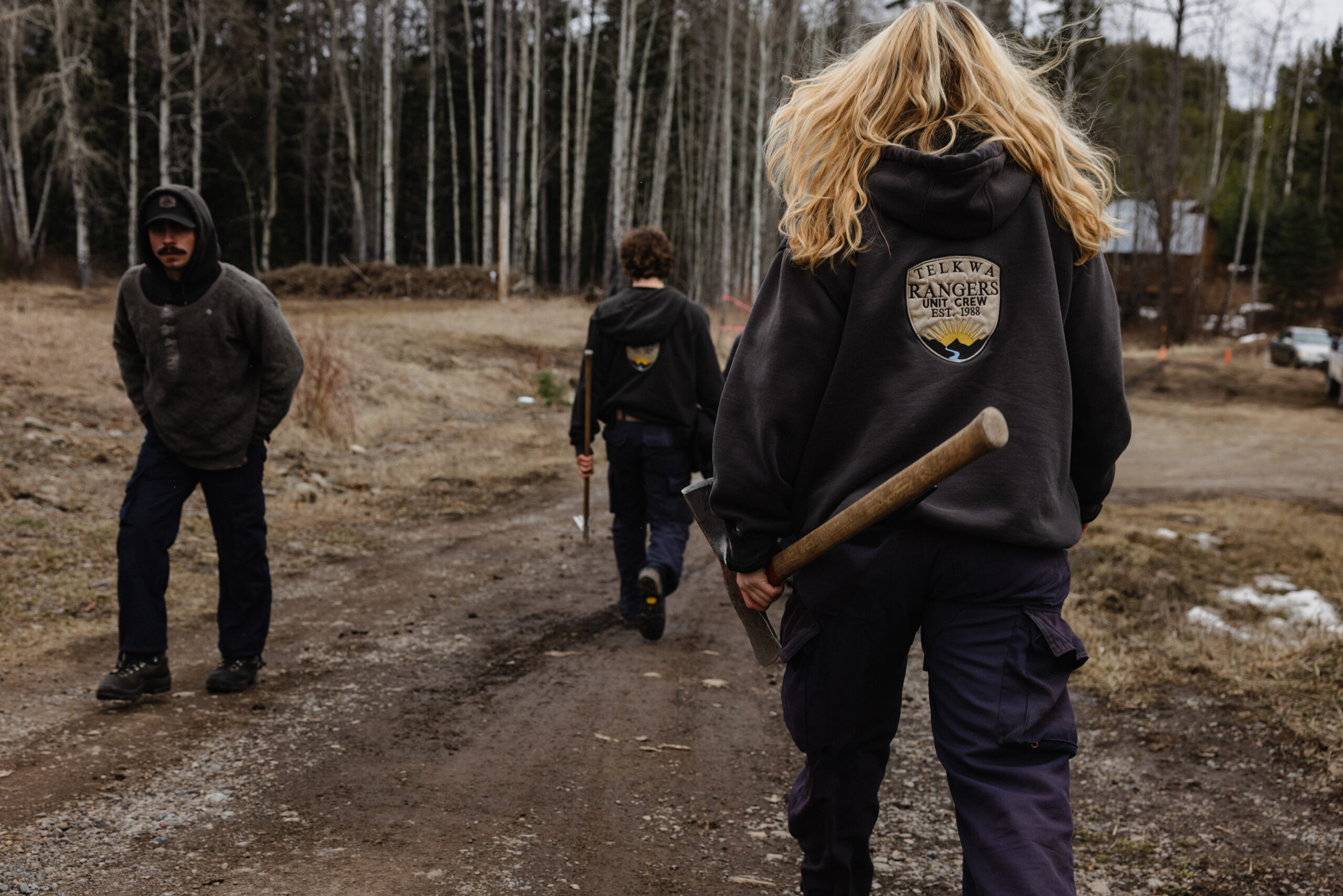
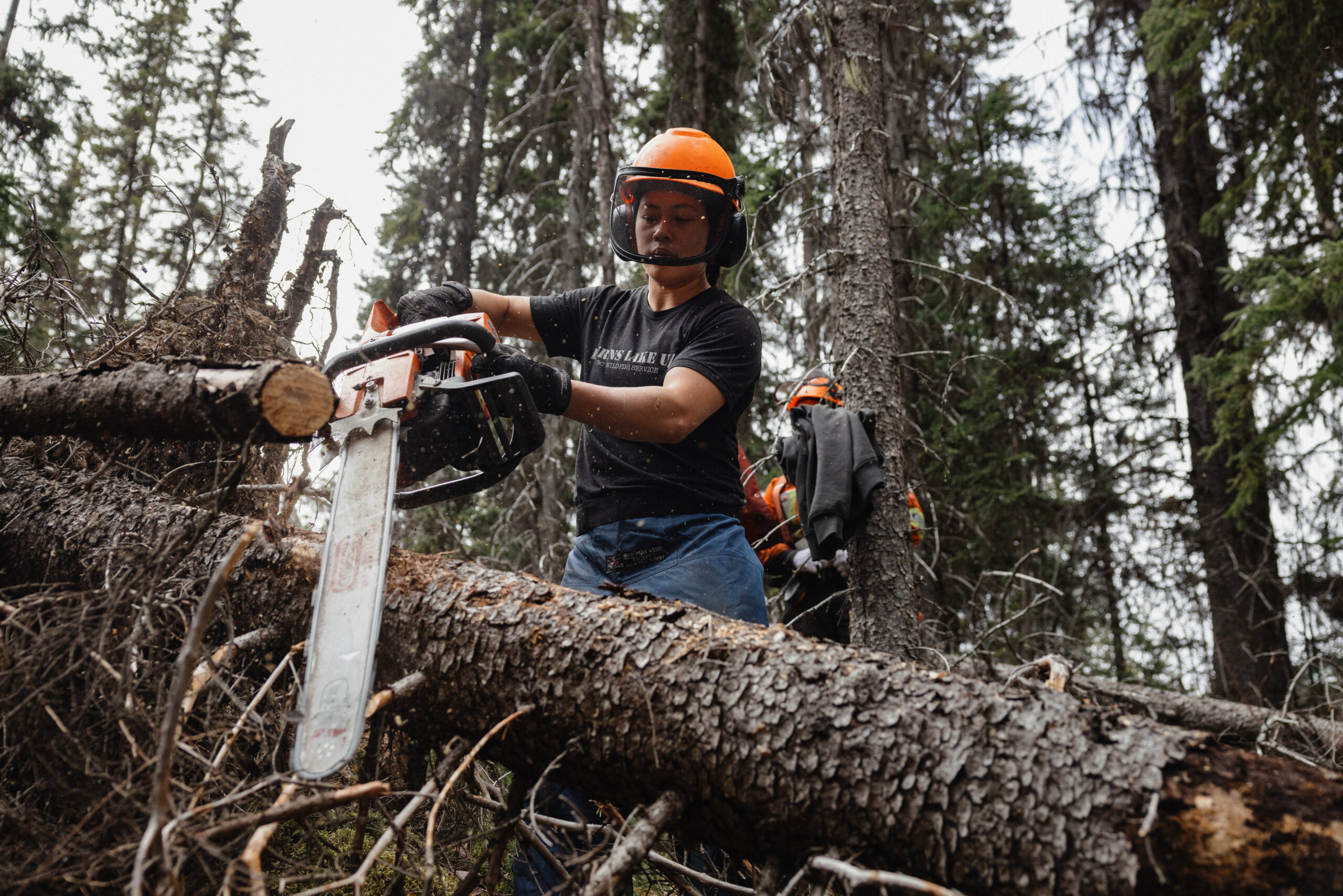
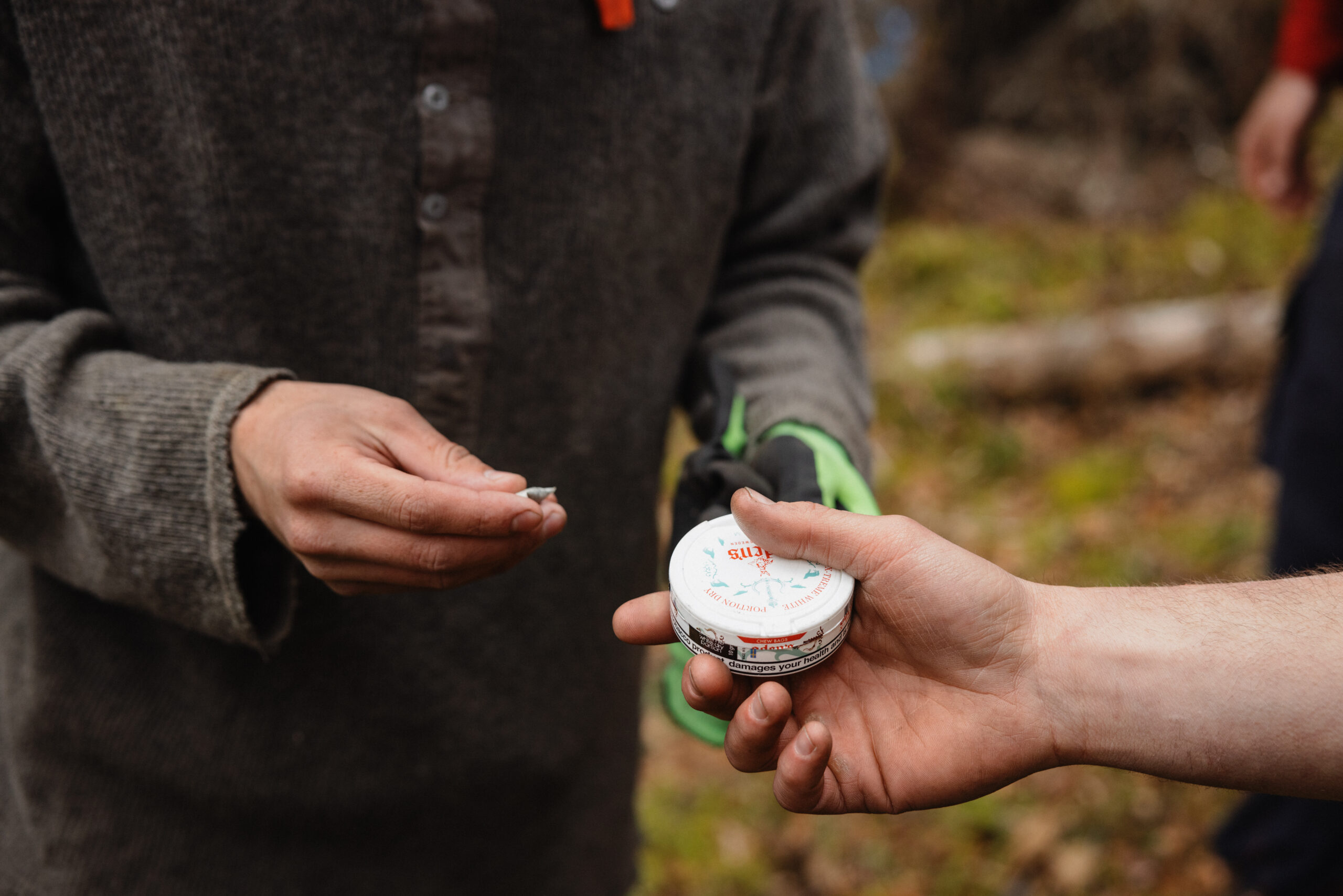
As 2025 gets underway, scientists say last year was the hottest year on record, eclipsing 2023’s record and exceeding 1.5 C warming above pre-industrial levels for the first time. It’s a dire prognosis but not unexpected given the lack of urgency by wealthy and oil-producing nations, including Canada, to reign in the fossil fuel industry’s planet-warming emissions. In the world of wildfires, this means our future includes an increase in what’s known as interface fires, where burning forests and communities collide.
“Victoria is always the city I’m watching,” Hoffman says. “If there’s going to be an interface fire, it’s going to be in Victoria: highly volatile, invasive species, crazy winds, very big drought.”
She knows what she’s talking about. Hoffman lived through an interface fire when she was based in California, fleeing flames with her partner in the middle of the night. When they moved back to B.C., she says she had a false sense of security based on her understanding of what it was like in the province in the past. Now, she says that’s all changed.
“I arrived and, oh my gosh, it’s really fiery here now,” she says. “I see it in a very different way.”
Humanity has to accept the inevitability of more wildfire-related impacts to communities, human health and ecosystems, she says — we can’t undo more than a century of fire suppression overnight and climate change will continue to fuel bigger, hotter and more intense wildfires.
“I think we need to reconcile what people consider to be normal when we’re now in this accelerated extreme,” she says grimly.
According to Health Canada, the country sees up to 240 deaths each year due to short-term exposure to wildfire smoke, and up to 2,500 deaths each year due to long-term exposure.
“We have this shifting baseline that’s happening where we’re like, ‘Oh, it wasn’t as bad.’ But if you were to take any of the last seven fire seasons and compare them to any other time in record, you would be horrified.”
She says we need to be having broader conversations about firefighters’ physical and mental health and ways society can support them.
“It’s becoming a very unsafe environment,” she says. “We’re not protecting our first responders.”
Wildland firefighters also risk their lives.
Six B.C. firefighters died in 2023 while on duty or travelling home: Devyn Gale, Zak Muise, Kenneth Patrick, Jaxon Billyboy, Blain Sonnenberg and Damian Dyson. Broder says the wildfire service has to navigate the complex ways in which its employees process grief and other emotions in the wake of deaths on the fireline. In her last year, she was based out of Revelstoke — the same base as Gale — when Gale was killed by a falling tree.
“I wasn’t on scene when Devyn died but that was definitely an event that hit close to home,” she says, her voice soft and filled with emotion. “It’s tough when you’re on a unit crew of 22 to 23 individuals and everyone has a process of dealing with grief differently. I don’t think BC Wildfire currently has a good system to allow individuals their individuality to work through things.”
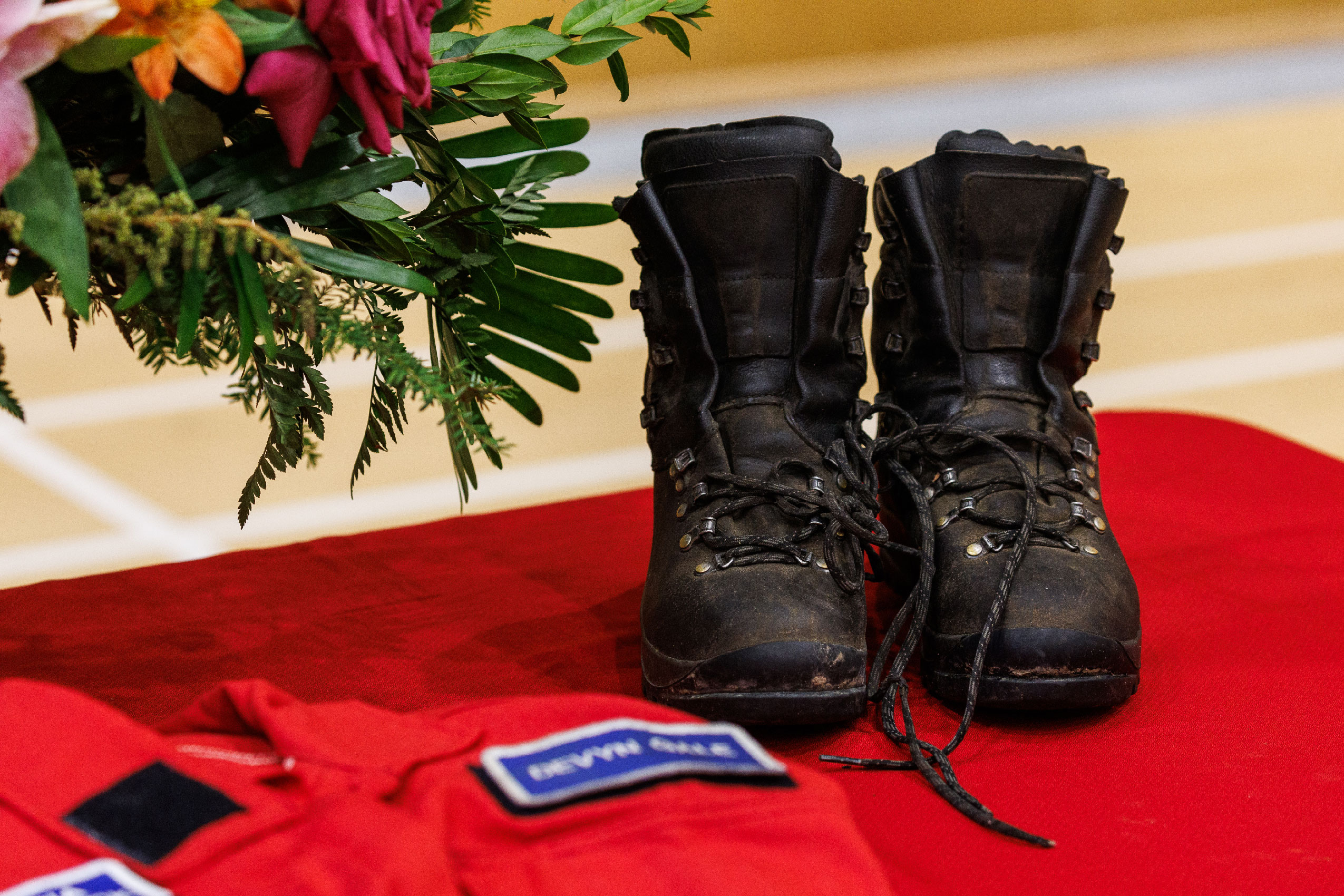
The big helicopters responding to another fire in B.C.’s northwest are like buses flying above the forest. You feel their weight as they thunder overhead, skimming the trees, heavy buckets filled with water hanging improbably from their bellies. It’s August, and I’m standing in a clearing on the edge of a steep slope a few kilometres below a wildfire burning in a valley on Wet’suwet’en territory, about 100 kilometres as the crow flies from the fire around Babine Lake.
The closest community is Witset, the First Nation’s largest reserve. About a half-hour drive from Smithers, Witset nestles near a stunning canyon where the Wedzin Kwa (Bulkley River) churns through a narrow gap between rocky cliffs. Thick forest coats the hills and mountains around the village, a dense green fading to scoured rocky peaks.
For the past week, locals have been taking to Facebook to post pictures and videos of the smoke and flames on the hillside above the community. It looks intense — especially the images captured at night — and close. The Witset band council has also been active on social media, providing community members with regular updates and reassurances they will be safe. Members of B.C.’s fire service have been meeting with the nation’s elected officials at the band office twice daily to share updates about fire behaviour and the work being done to protect the village.
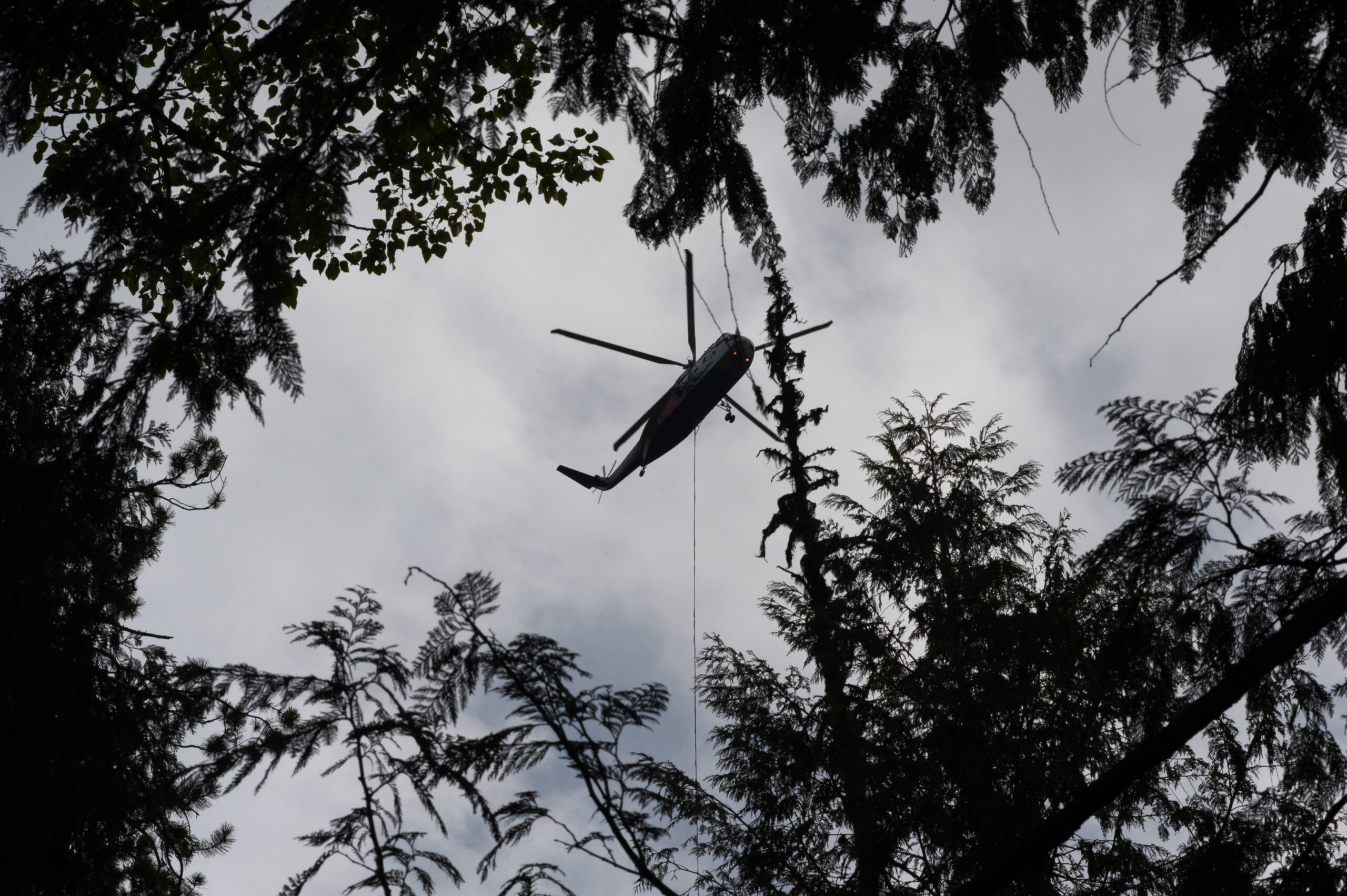
Christian Bichlmaier, the BC Wildfire Service incident commander assigned to the wildfire, lives on his family farm in a neighbouring community, Kitseguecla. Bichlmaier is affable and exudes calm and quiet energy. When he responds on the radio to his colleagues, he’s quick to praise their work and gives clear, concise directions. It’s not his first time working in the area; he was on the ground at a different fire near Witset last year as well.
“Going through the same process last year has made this really easy,” he says, explaining how the wildfire service established channels of communication to share information quickly. “Knowing how tense it can get, especially when it’s close to a community, that’s something I recognized last year.”
When a wildfire burns within sight of a town or village, fear is a natural response. That fear is exacerbated when it’s unclear what’s happening on the ground to fight the fire. Wildfire is dynamic, subject to a complex set of influences: how winds shift during the day and at night, what the aspect of a slope means in the context of decades of forest growth and decay and when and where fires were suppressed or allowed to burn in the past. Most people don’t know how firefighters interact with a wildfire, including the steps they take to ensure public safety. Fewer still understand the way fire behaves. It’s made further mysterious because those dynamics play out in the forest — from afar, a wildfire often just looks like a wall of flame coming for the community.
“It’s not always super obvious from in town,” Bichlmaier says, adding he’s grateful for the band’s commitment to disseminating information to the community.
We climb into a white pickup and he drives me around the fire guard: a network of dirt roads and paths built on the slopes below the fire that provide access for firefighters and create a gap in the forest intended to prevent the flames from moving closer to the village.
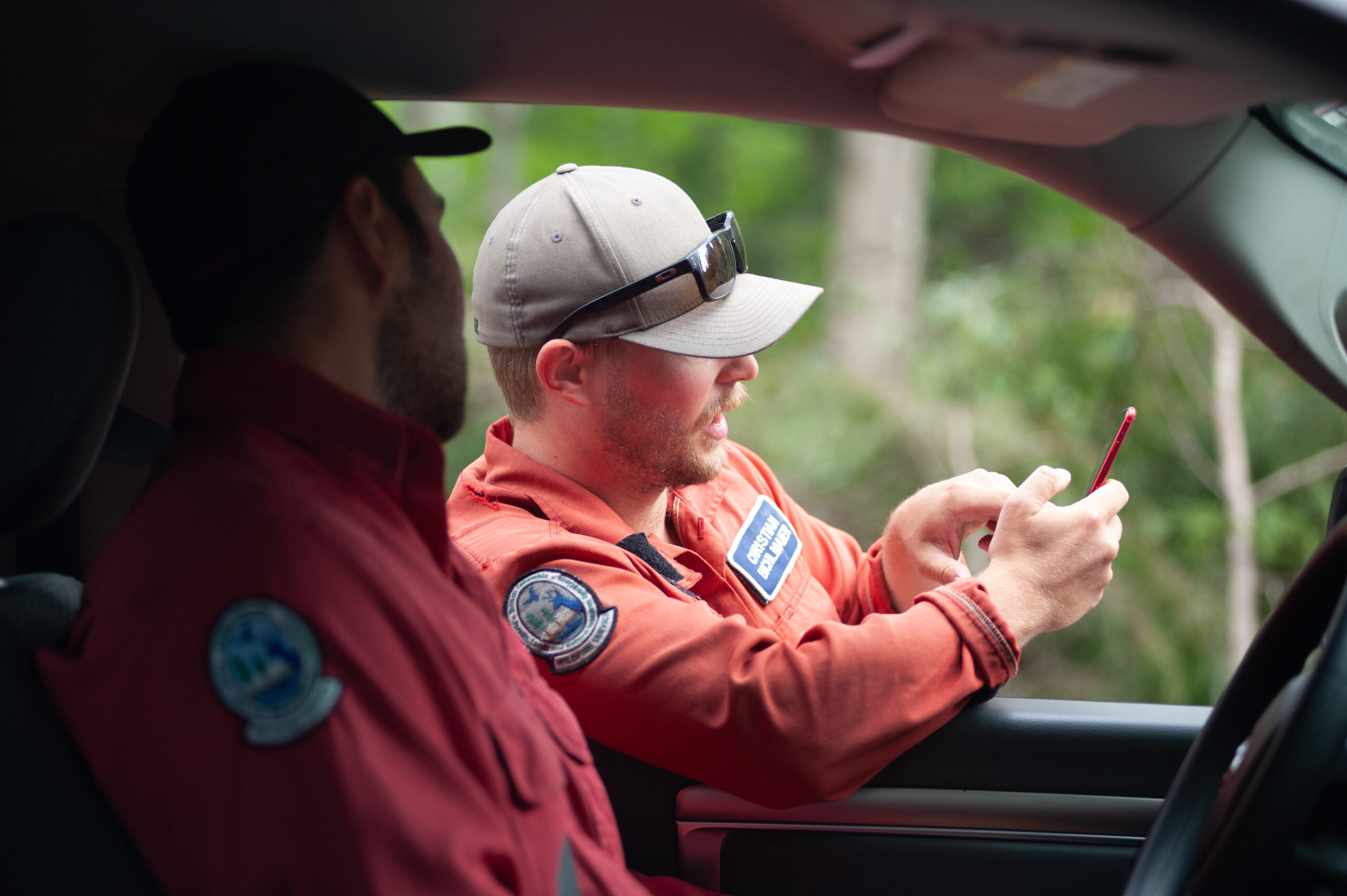
As the truck crawls along a rutted path hemmed in on both sides by steep, forested slopes, the smoke casts an eerie light. Bichlmaier explains how the steepness of the area makes it unsafe to send people right to the fireline: on slopes like this, burning trees fall and roll downhill and firefighters can’t safely avoid them. It’s a terrifying thought. Instead, helicopters are dousing the flames, hopefully preventing the burn from advancing towards the community and buying them time to prepare for the worst.
He explains how the fire service has worked with community members to identify cultural features like food and medicine harvesting areas, as well as with a local hydrologist to map the location of the fire guard in a way that minimizes impact to the watershed. This will all make addressing disturbances easier once the fire is out. One reason things are going so well here, he says, is that many of the firefighters assigned to the burn are, like Bichlmaier, from the surrounding area.
“At the end of the day, these are all a lot of local people and they care about the job that they do,” Bichlmaier says. “They’re doing hard work protecting people and values and I do know they take a lot of pride in that.”
Later, as we pass half a dozen trucks parked in the dirt beside the rough road, I see my friends’ teenage daughter, who recently joined the wildfire service, and wave hello.
Wildfires are unpredictable — you never know where the next hotspots are going to be and allocating resources is a continual process of triage. It’s not always possible for the BC Wildfire Service to deploy local firefighters to a local fire.
Responding to the blazes that burn in B.C. every year is an immense logistical challenge. Canada’s westernmost province is more than twice the size of California and bigger than the United Kingdom and France combined. Much of the province is remote and rugged. Vast landscapes of forested mountains and valleys are peppered with picturesque towns and villages and sprawling agricultural lands.
The BC Wildfire Service employs more than 1,000 firefighters annually and manages a dizzying array of logistics, from the deployment of people and resources like helicopters and heavy machinery to setting up camps that provide food and other basic needs, many in remote locations. When fire activity is concentrated in one region, firefighters based in others are often sent to support the response.
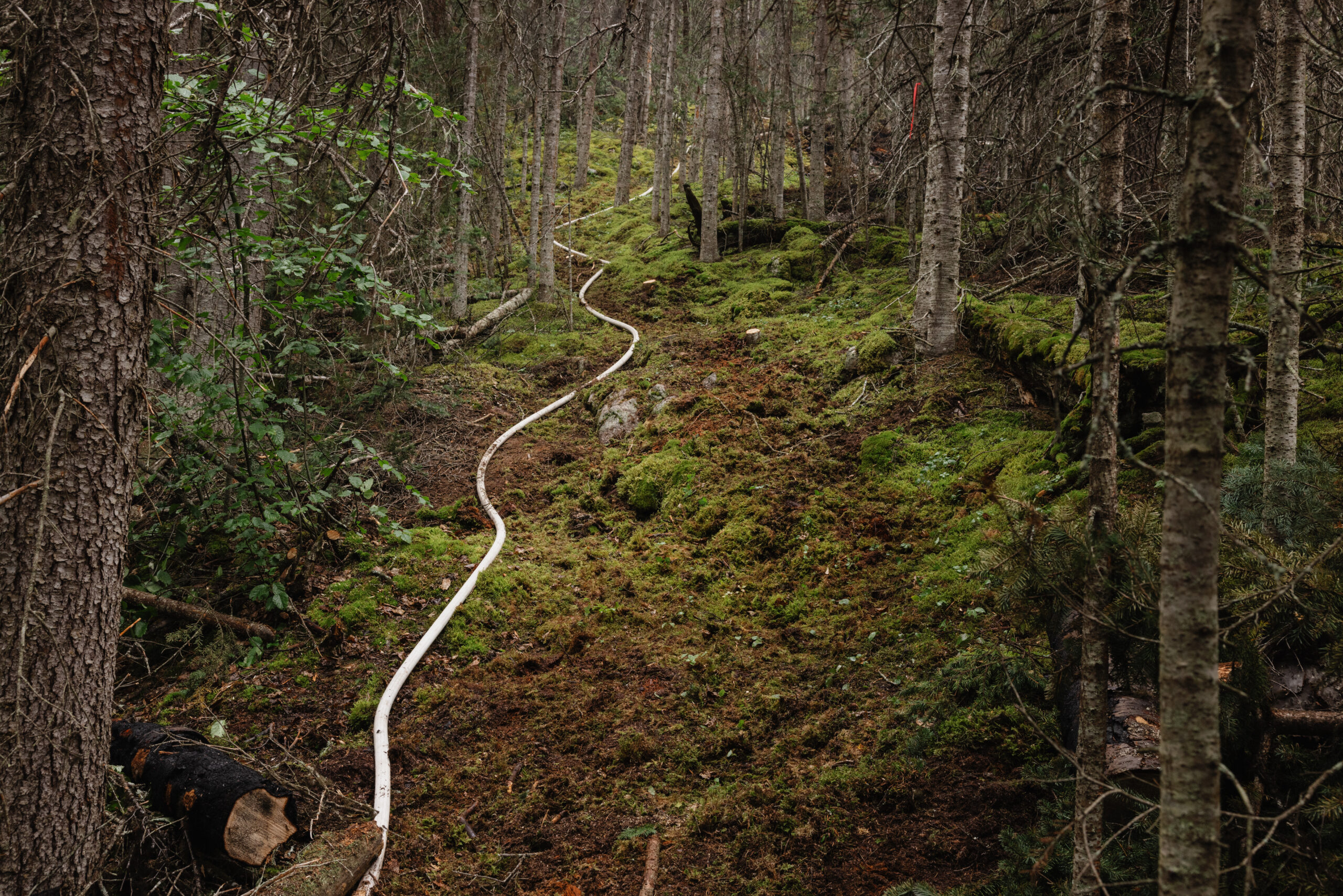
Hoffman says local input is vital, whether it’s on the fireline or through communication with people who know the area.
“We need place-based knowledge and people who live here and know this place to fight fires and do controlled burning,” she says. “If you go on a fire somewhere, who are you going to ask about the weather? You’re going to ask the ranchers, you’re going to ask the First Nations communities. You want to know which way the wind’s going to blow? They’re going to know.”
She says facilitating effective collaboration between local communities and the BC Wildfire Service is a huge challenge, especially when trying to navigate issues around public safety. She says many people in the northwest choose to “fly free” — not insuring their homes and properties for various reasons, including the expense. Those residents are often unwilling to evacuate.
“I have conversations with ranchers, guide outfitters, foresters, fishers and one thing that’s very clear in this valley is that people want to stay and defend,” she says. “They want to stay and defend their properties. I’m a big believer that people should be able to do that if you’re of sound mind and you’re physically fit. You’re not a child. I really do think that you can make that choice for yourself.”
She admits it’s a controversial opinion.
Clashes between residents who have refused to evacuate and authorities, including police and members of the wildfire service, have happened in B.C. and in other jurisdictions.
Trust takes time to build — but wildfires are not patient. The burning forests are indifferent to human politics, and Hoffman says it’s up to us to find ways to work together in the face of a rapidly changing environment. She’s been making space for those kinds of discussions and says she’s having some success.
“One thing we all have in common is fire risk — it’s a great way to start a conversation.”
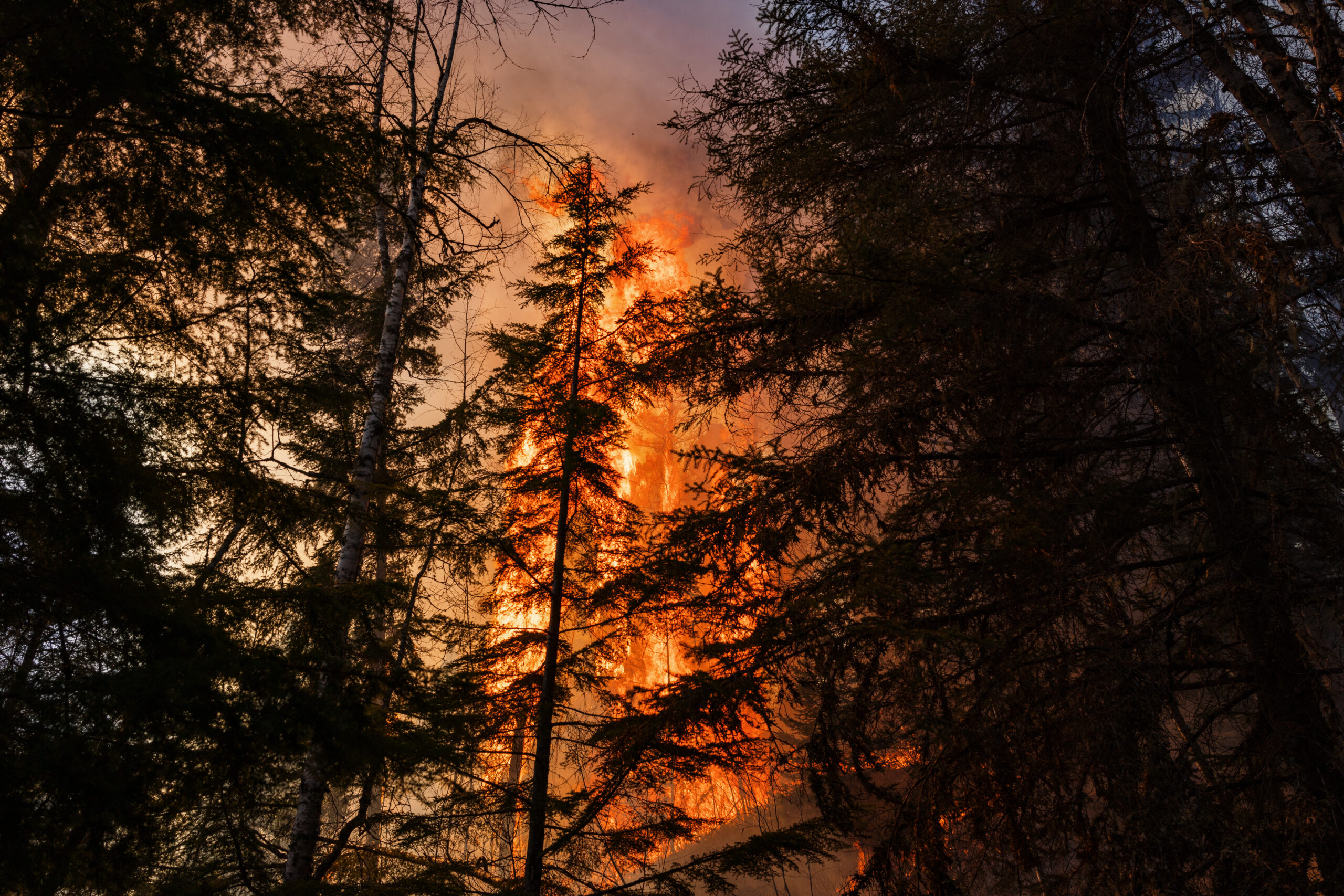
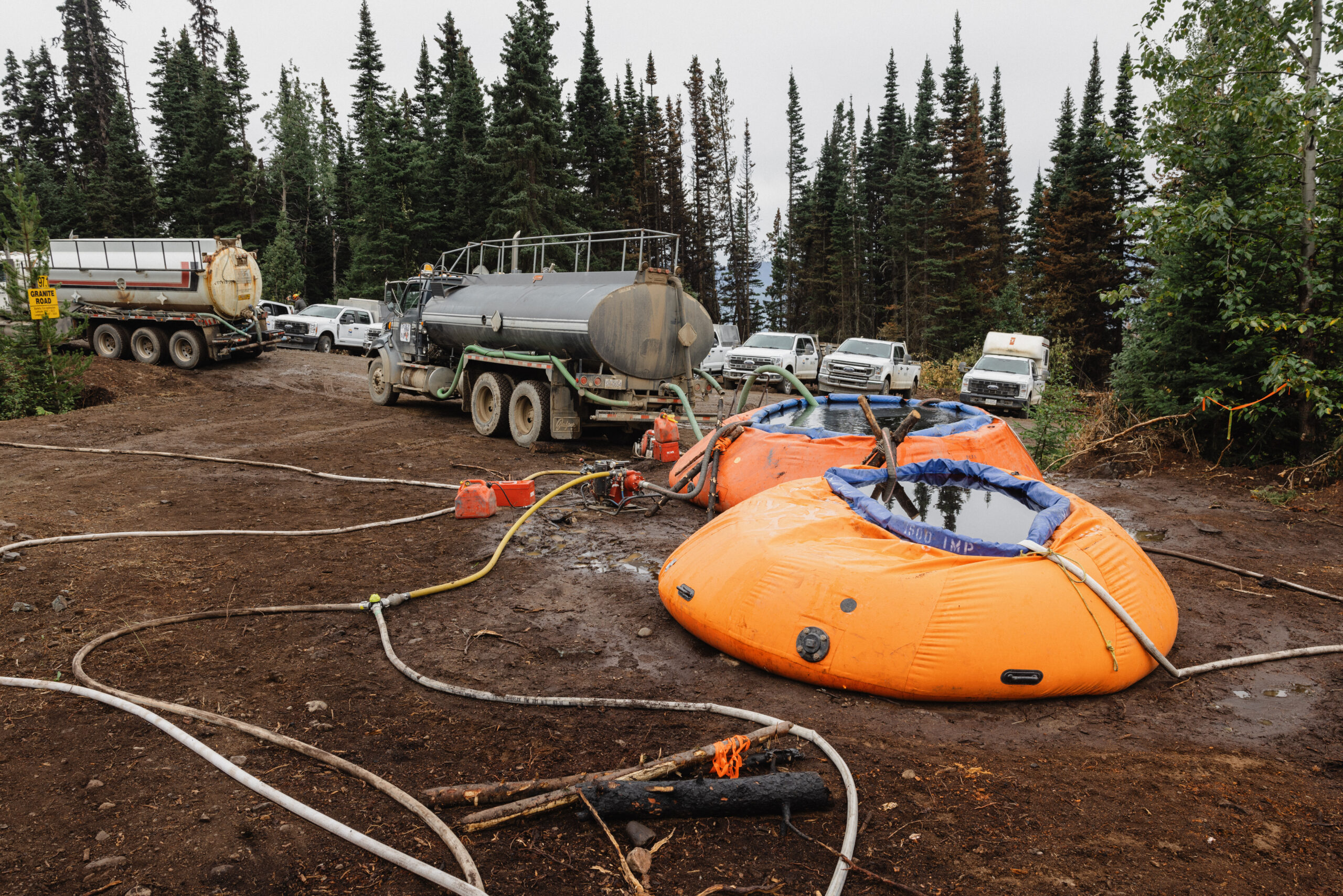
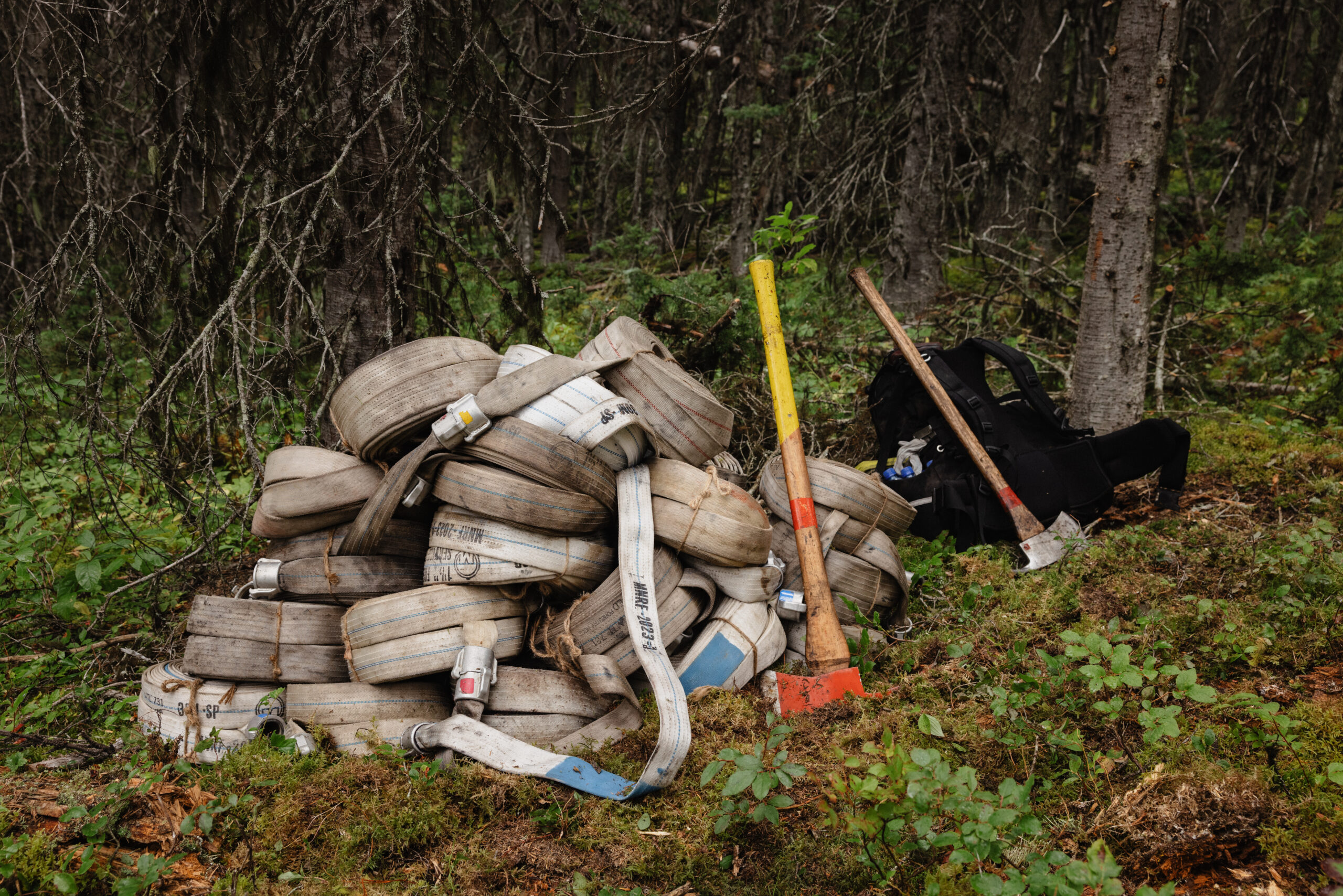
The hardest time to have those conversations is when a wildfire is on the doorstep. Broder says interacting with the public was one of the biggest challenges she experienced on the job. Wildland firefighters are often thrust into contact with people who are facing the prospect of imminently losing their homes but, she says, aren’t trained in explaining what help they can realistically offer in high-stress situations.
“We can’t put water on a burning structure,” she explains. “We can put water around it and we can prevent the forest and the shrubs around it from burning down, but we can’t actually put out a fire — we don’t have that training, we don’t have that equipment.”
Wildland firefighters don’t make the final call on whether a person has to leave an area, and Broder says the tensions that can arise from that dynamic haunt her.
“I can’t drag someone out by their toes — it doesn’t work that way. Those are some of the toughest moments that I hold onto, seeing people in moments of very raw vulnerability and also maybe not able to think particularly rationally, because there’s a lot of fear.”

Broder says many of those moments were in Indigenous communities, which are disproportionately affected by wildfires. According to a recent Health Canada report, First Nations communities make up 42 per cent of wildfire evacuations while representing only five per cent of the population. The report notes how colonialism “forced many Indigenous Peoples to live in isolation or in communities that are isolated from the rest of society” which “makes it difficult to access basic goods, services and other resources that are necessary for mitigating and building resilience against the impacts of wildfires.”
Wildland firefighters are sometimes tasked with placing either a red or green rock at the end of a driveway, shorthand for which homes have a better chance at being saved and are therefore worth the limited resources available. It’s not a surprise residents might get upset, but the wildfire service hasn’t given firefighters adequate “skills to handle those situations,” Broder notes.
“I have been astounded again and again by how my coworkers have risen to the occasion and responded in those moments but I know that those moments weigh heavily,” she says.
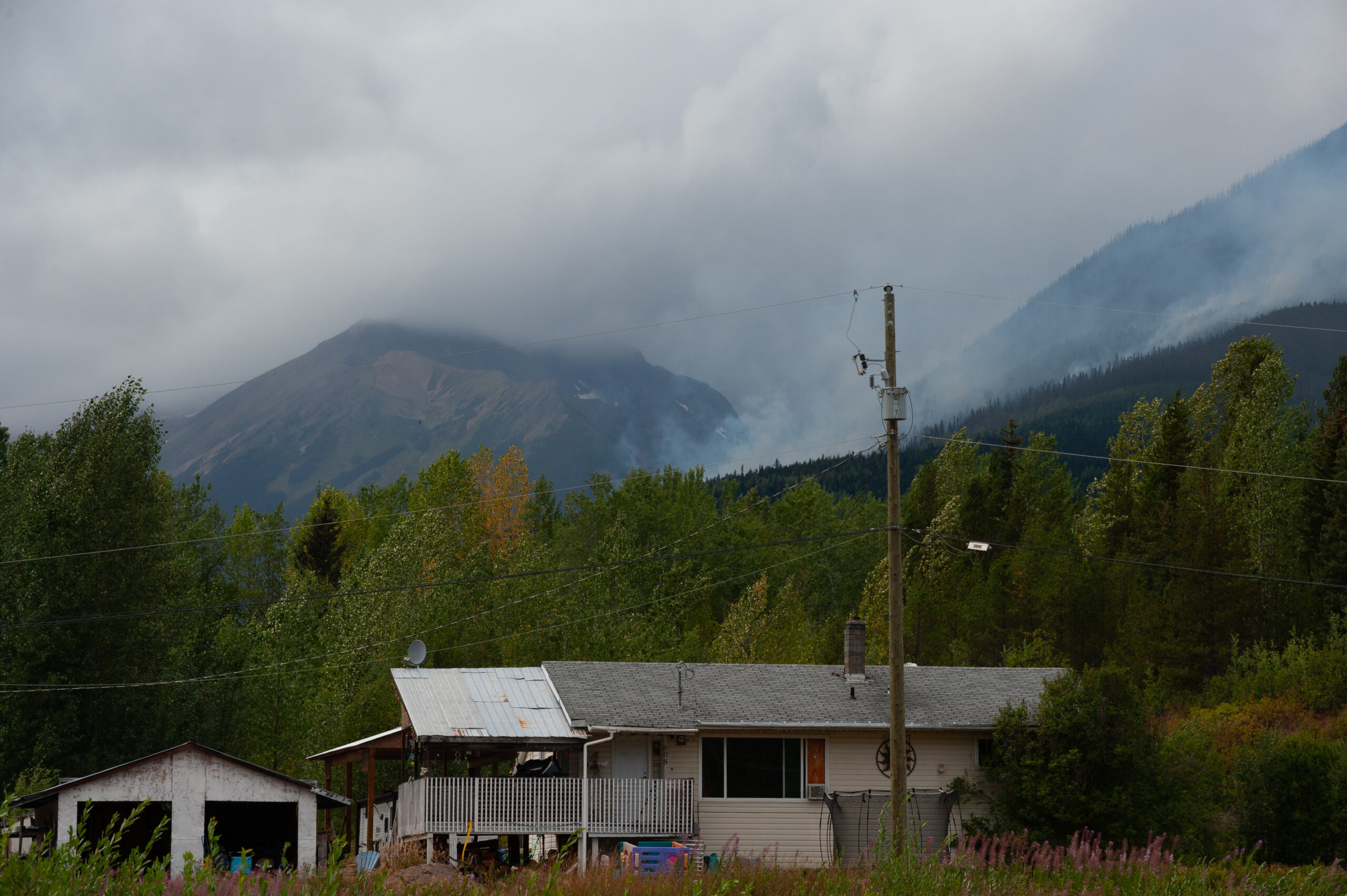
Broder says she’s grateful to the leadership of her unit crew who stood by her side when she made the difficult decision to leave early and not return for the 2024 season.
“I feel really lucky, actually,” she says. “It just reinforces the respect that I hold for those people. It got to a point where I wasn’t in a headspace to make good decisions for myself and I needed someone else to say to me, ‘Go home, you gotta take some time, dude.’ I needed to be benched.”
Little flames flicker out of the mossy undergrowth near Babine Lake as I trudge up a steep slope along the edge of the fire. It’s part of the same fire I’ve been visiting, but further away from the lake, in conifer-dominated forest. It’s wet here — and yet the flames persist. A damp heat rises up from the forest floor. The contrast between the verdant green moss, the orange flames and the smoky black strip where the fire swept up the slope stirs something inside me. There’s beauty here, even in the destructive power that laid the landscape bare.
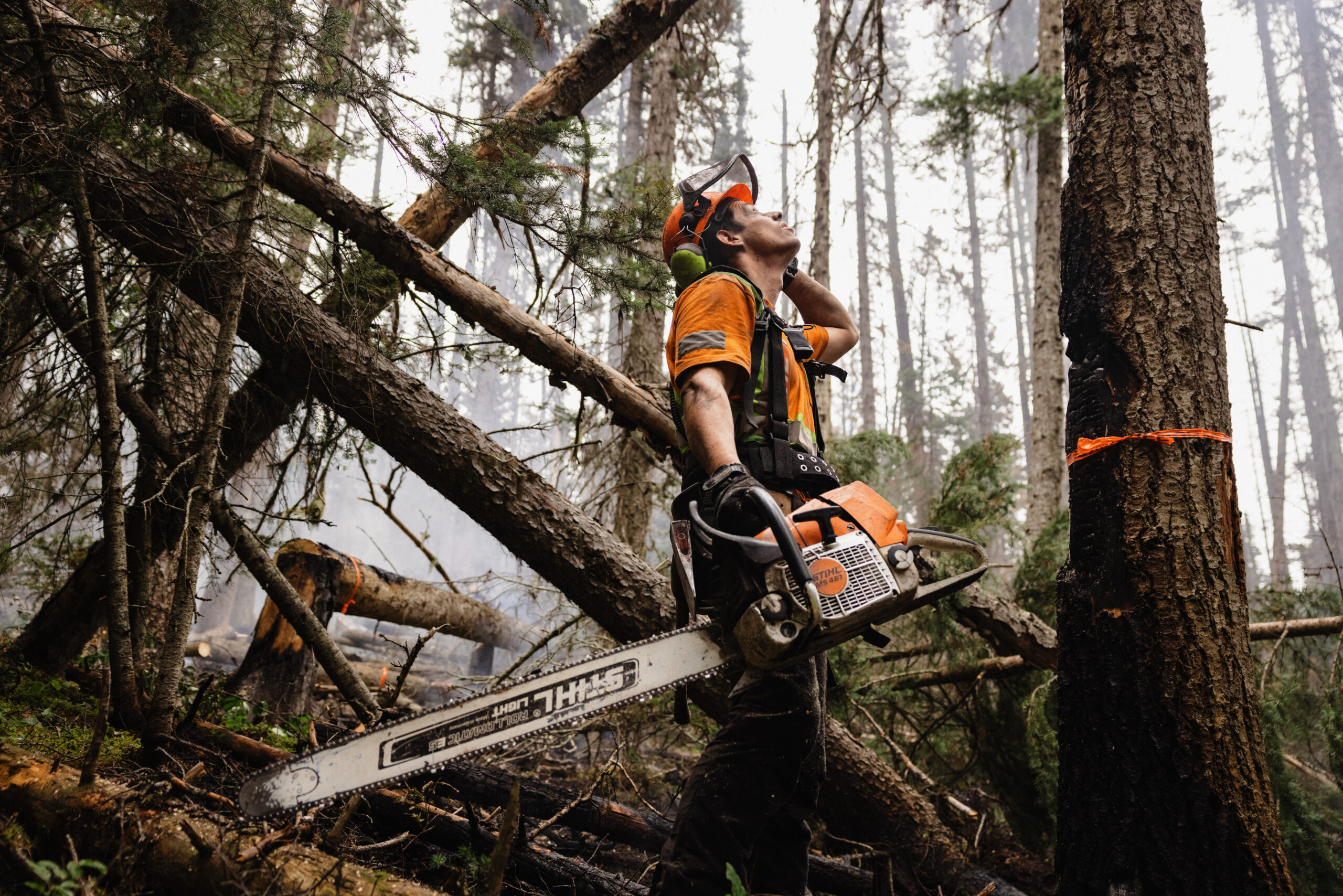
Amid the trees, Shea Phelan shoulders his chainsaw as smoke curls around his boots. The young firefighter glances around at the forest thoughtfully.
“This stand is mostly spruce,” he says. “They don’t have a tap root, so basically they spread out and they’re just floating there. Once the fire comes in here, you can kind of just push them over, really, so they’re the most dangerous tree that we work around.”
Phelan is assessing danger trees and systematically falling them. It’s dangerous, exhausting work.
When I hear his chainsaw fire up again after we speak, the scale of it all hits me. In my mind’s eye, I see Phelan — and each person on the frontlines of our new wildfire reality — as tiny dots on a map, living, breathing human beings each at the centre of a growing force that’s shaping our shared existence. It’s a dizzying thought and at first I’m unsteadied by it, like I’m one of those trees thinly rooted in the ground — precarious. But clambering downhill, bracing myself against trees that escaped the ravages of the fire with the help of these firefighters, I’m reminded of and reassured by our collective resilience. Behind me, the buzz of the chainsaws and the hiss of the water slowly fades.
Updated on Jan. 11, 2025, 4:25 p.m: This article has been updated to remove a part of a quote by wildfire ecologist Kira Hoffman about smoke inhalation and suicide. Additionally, the story previously mentioned she lost a home in Santa Barbara, Calif., to interface fire, which is incorrect.
